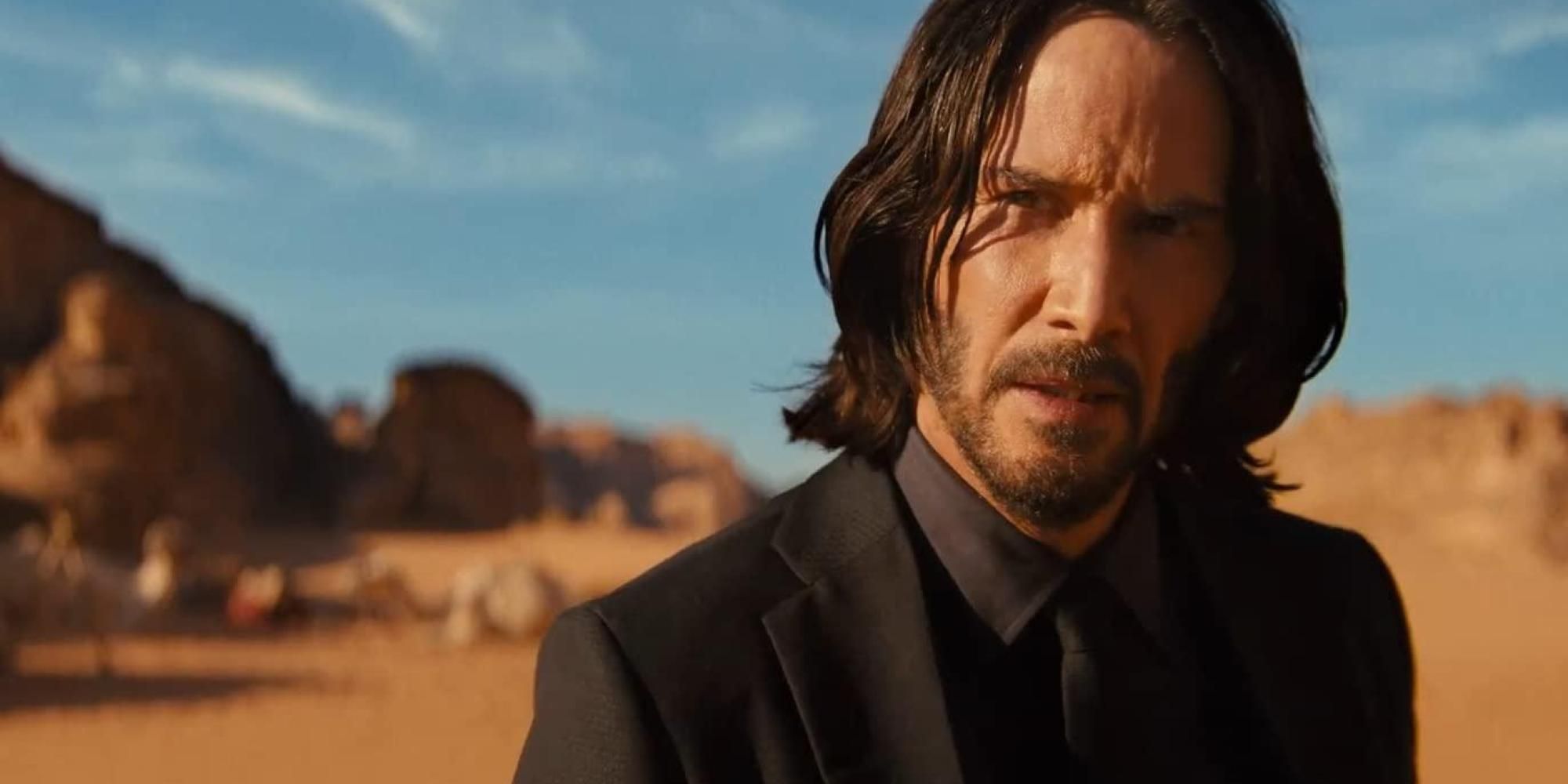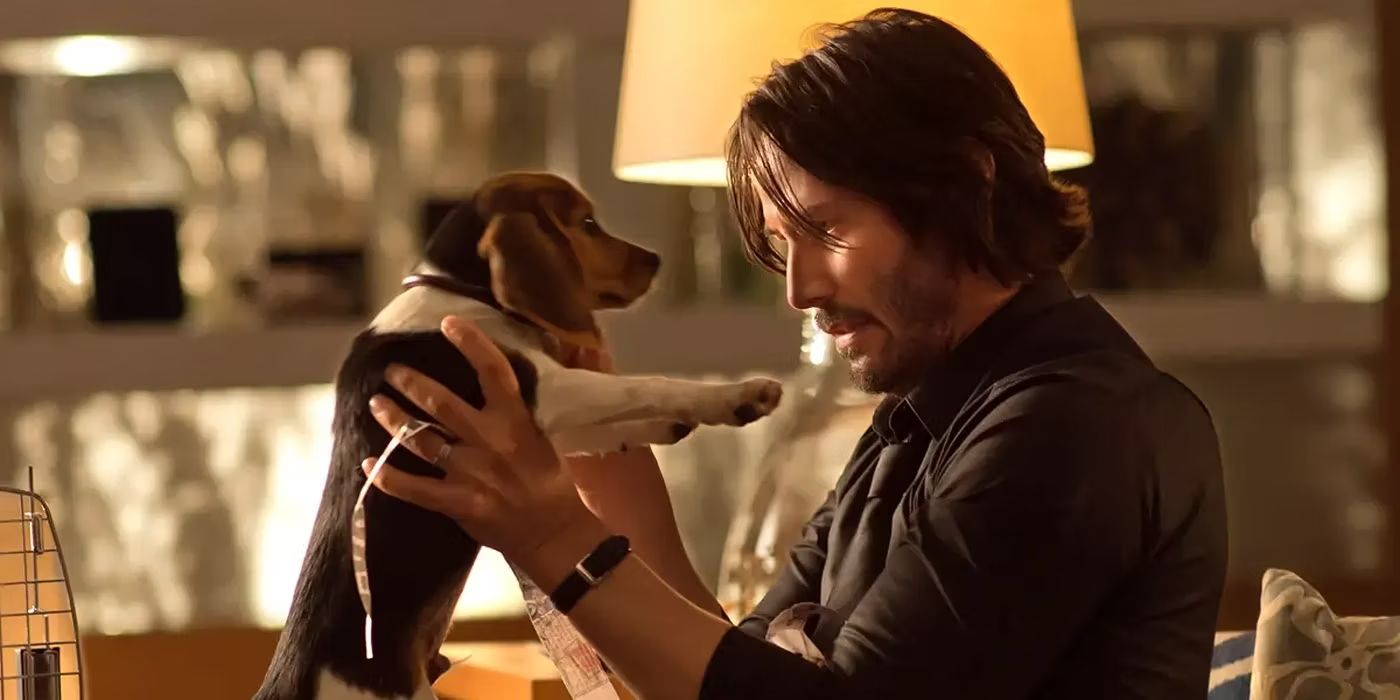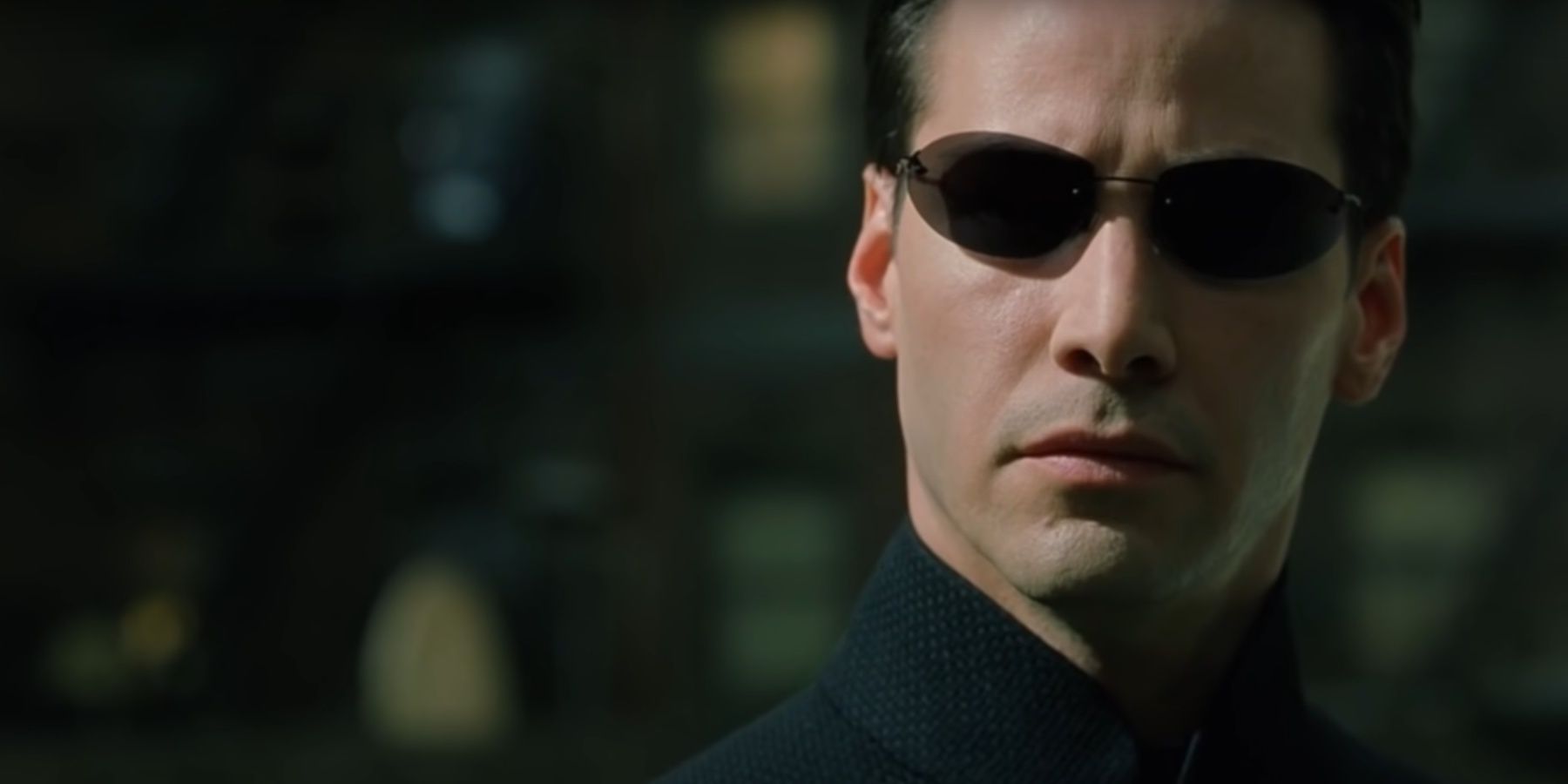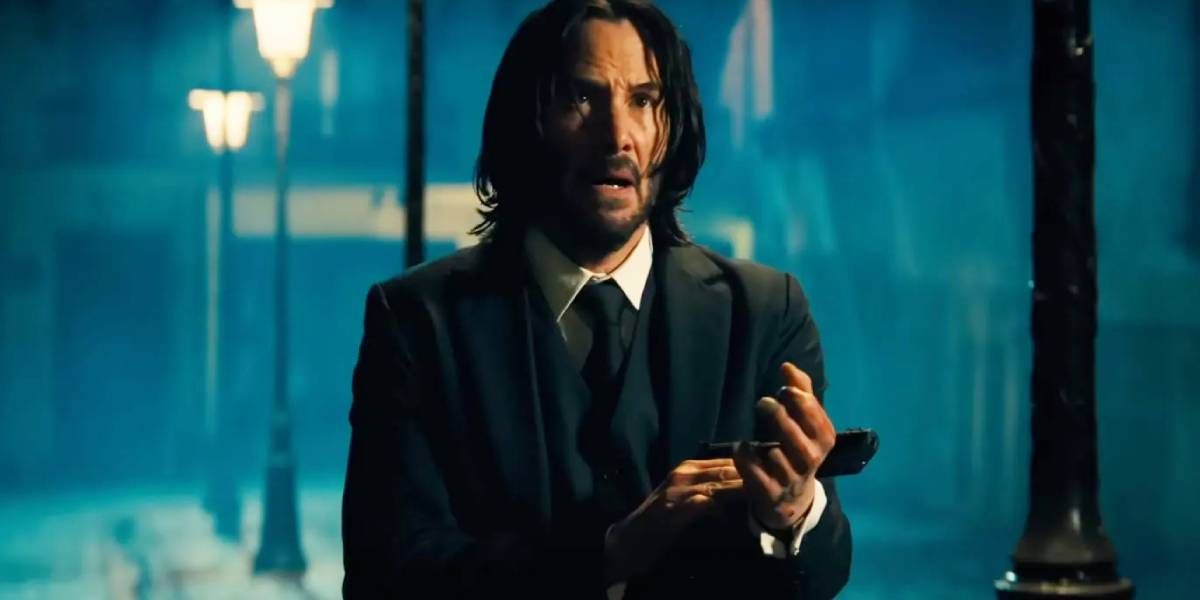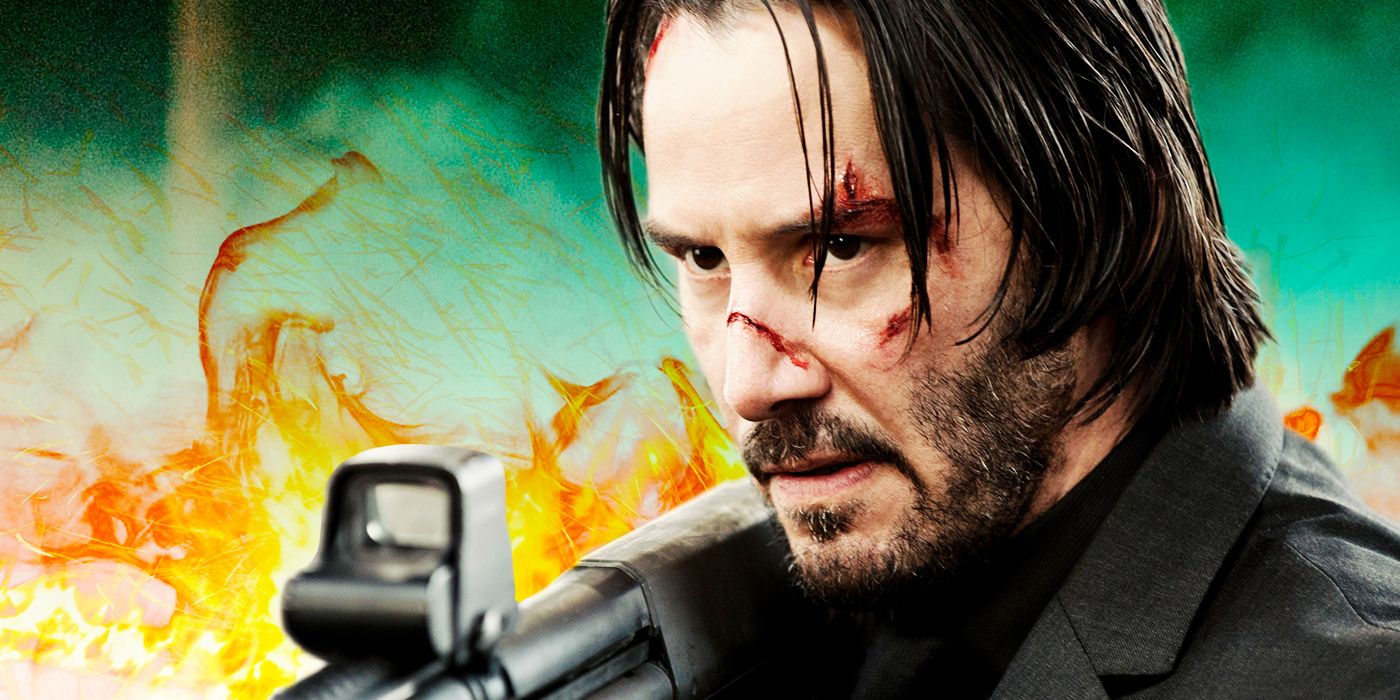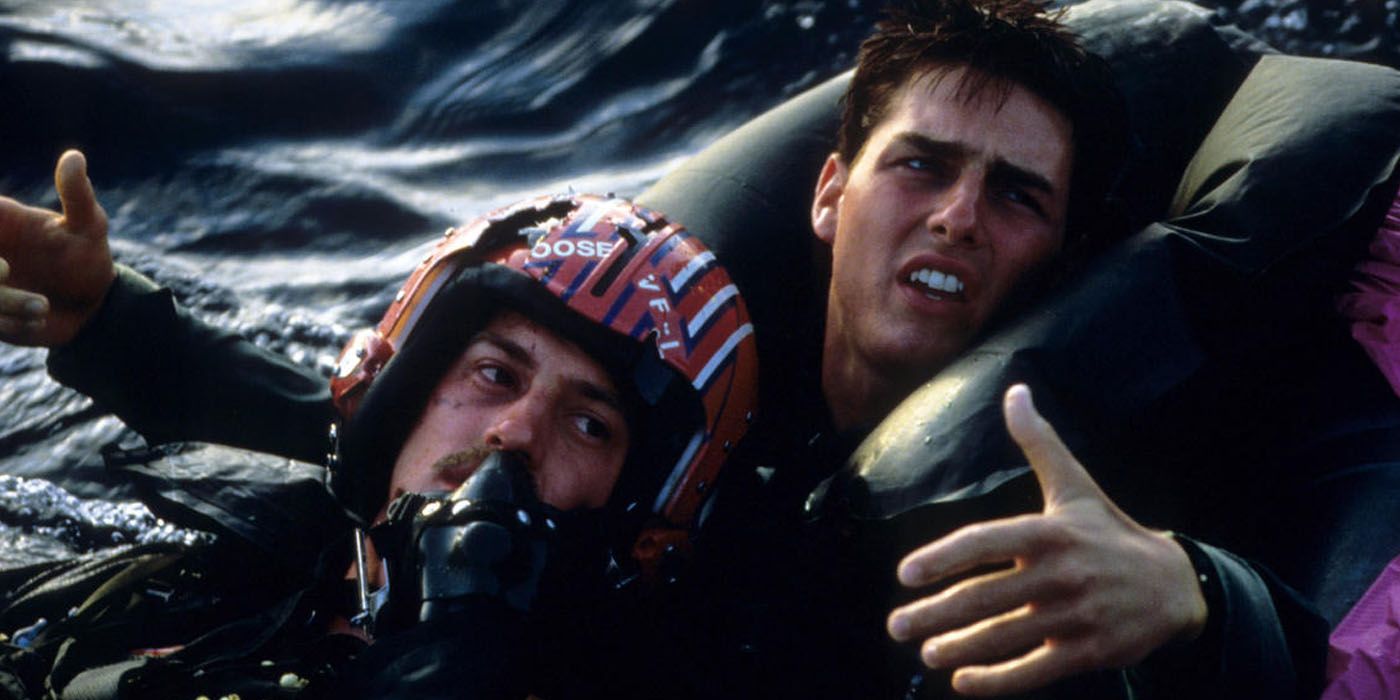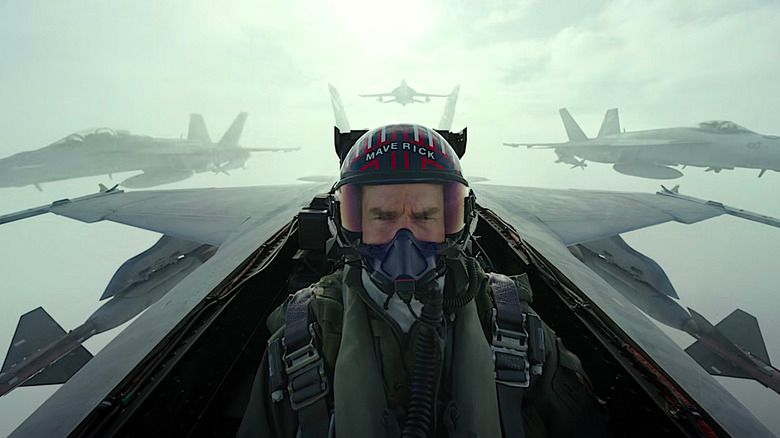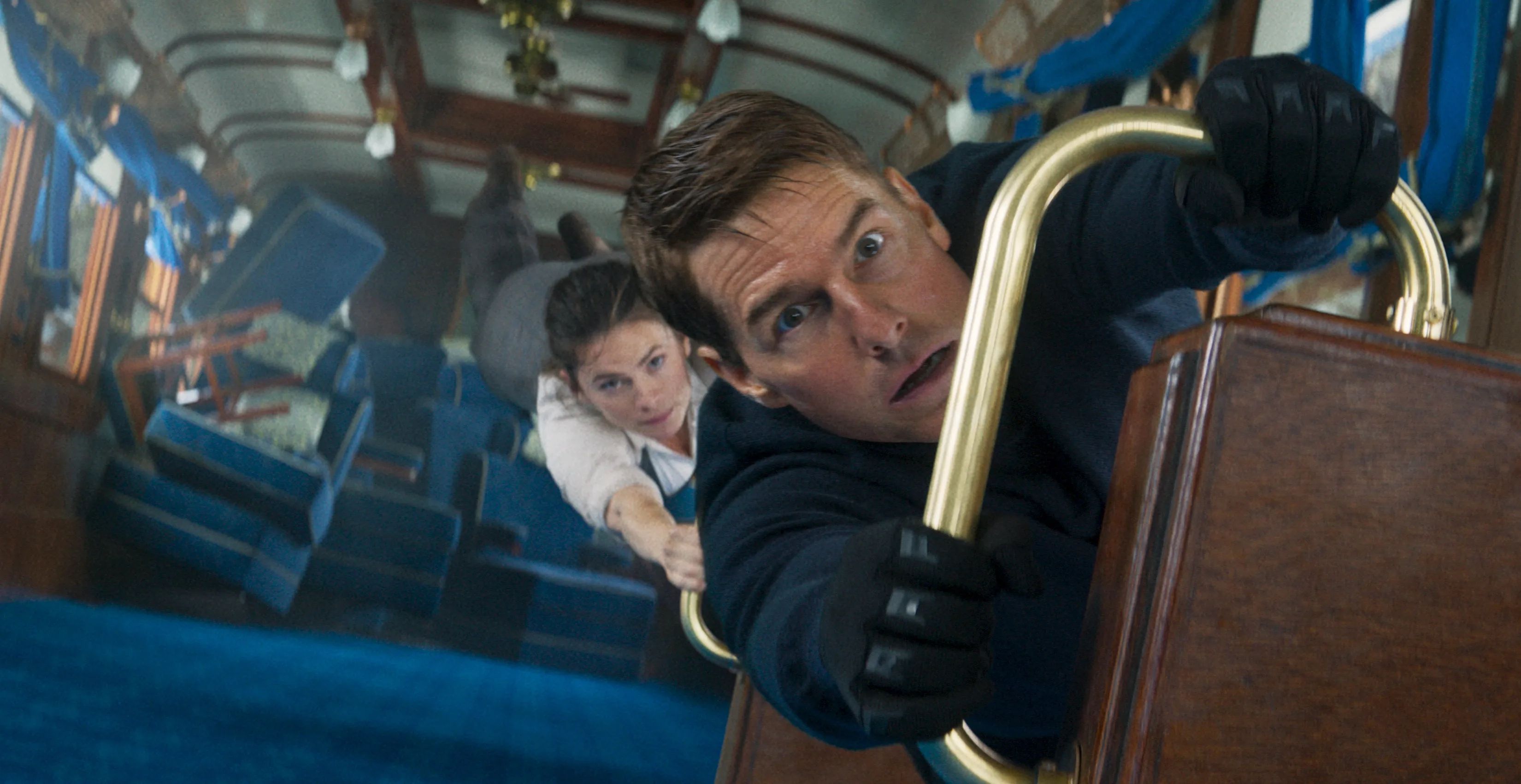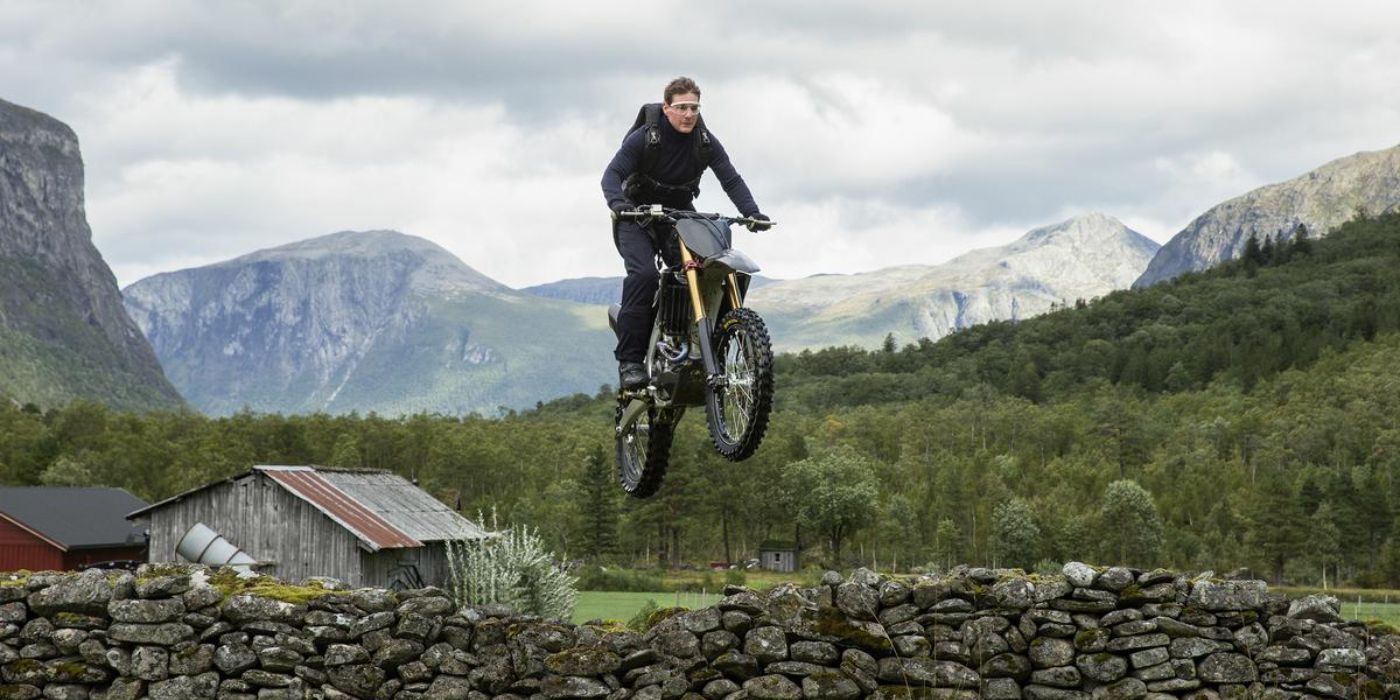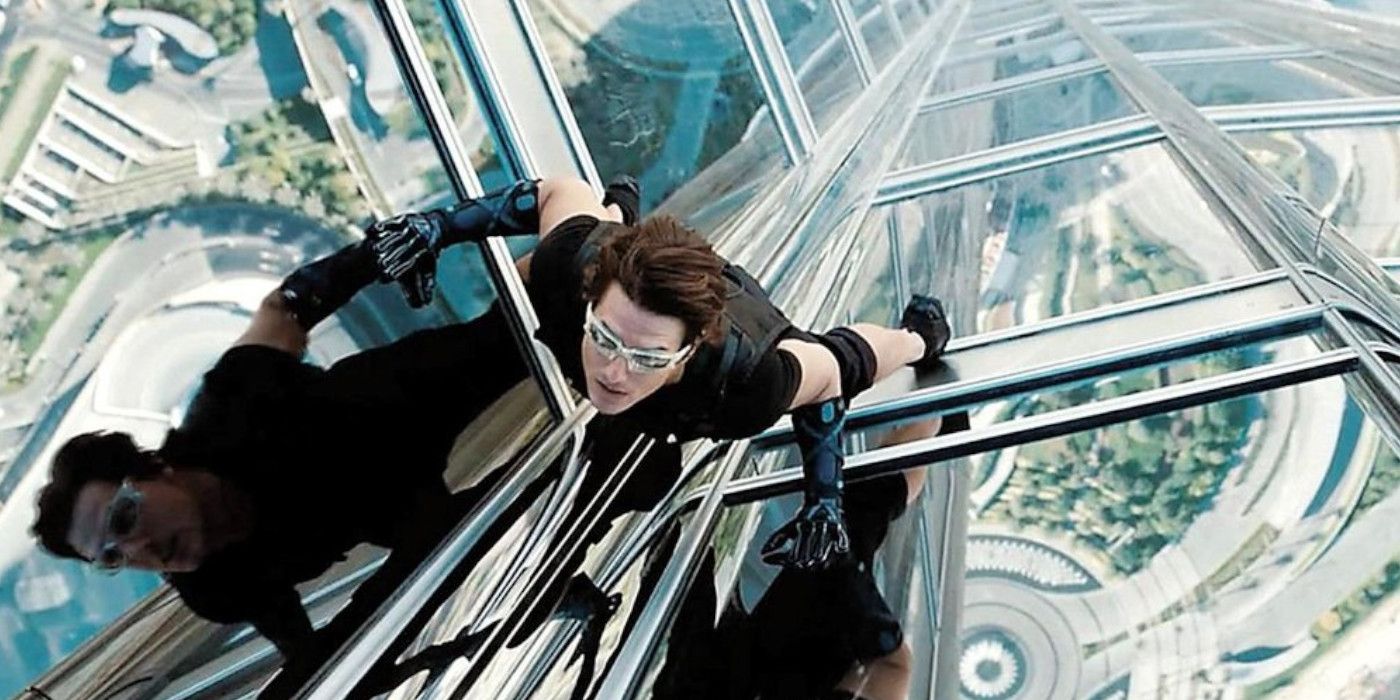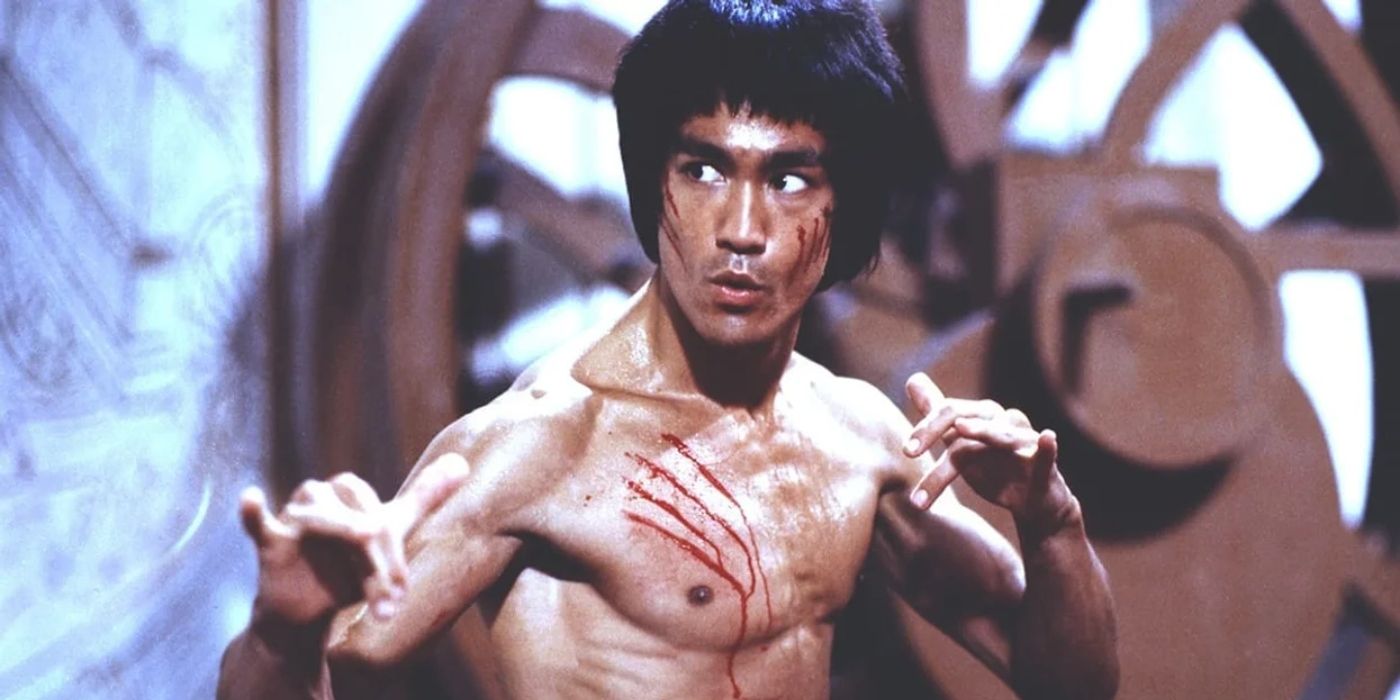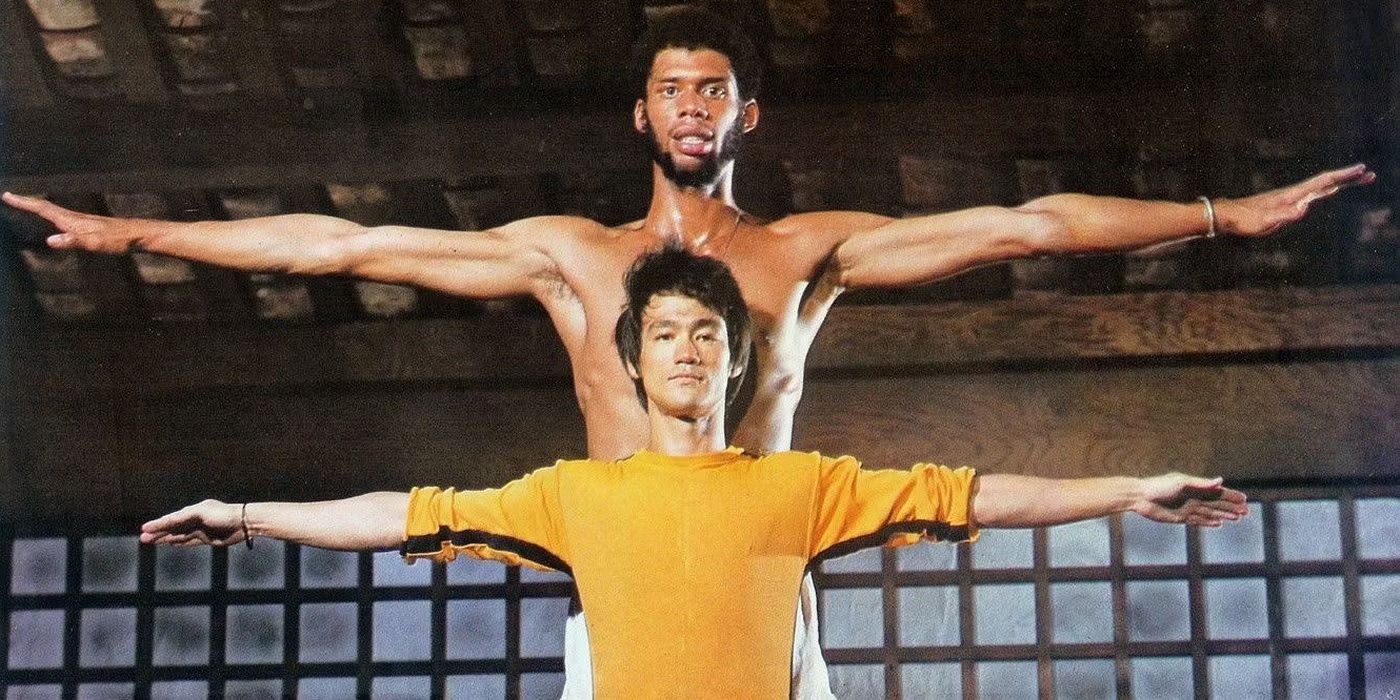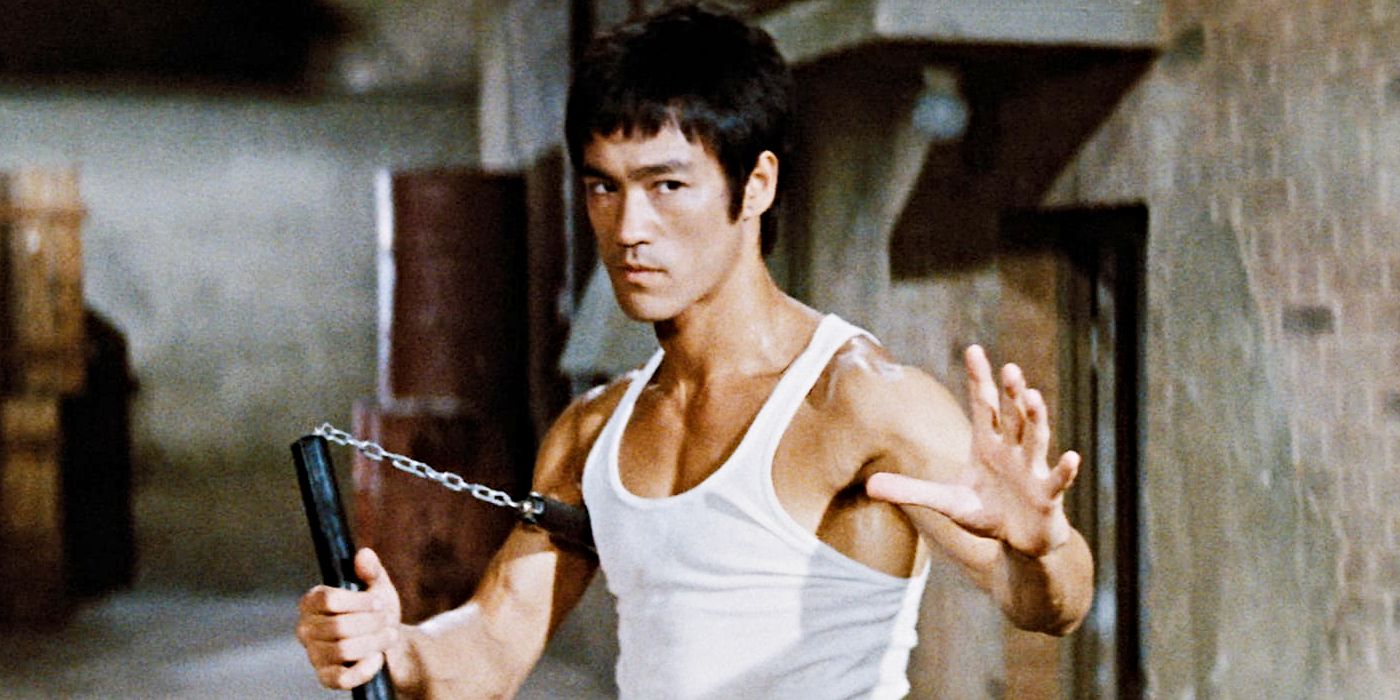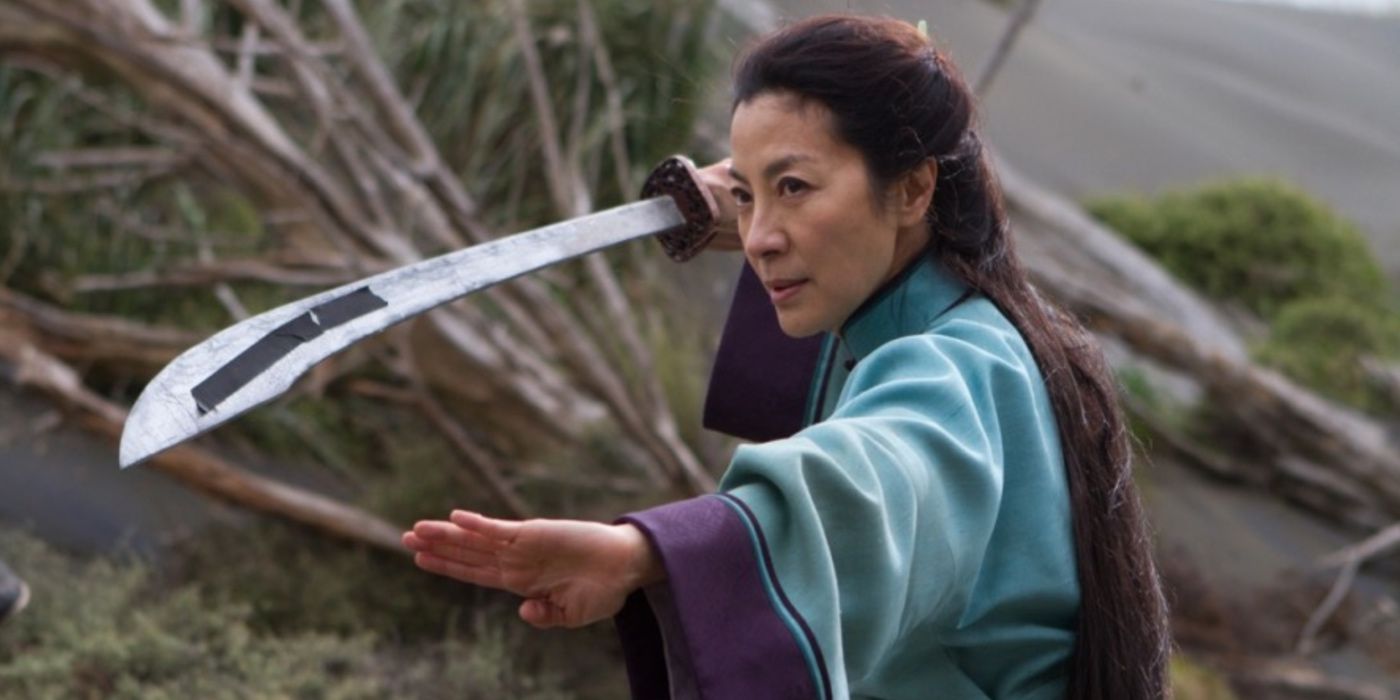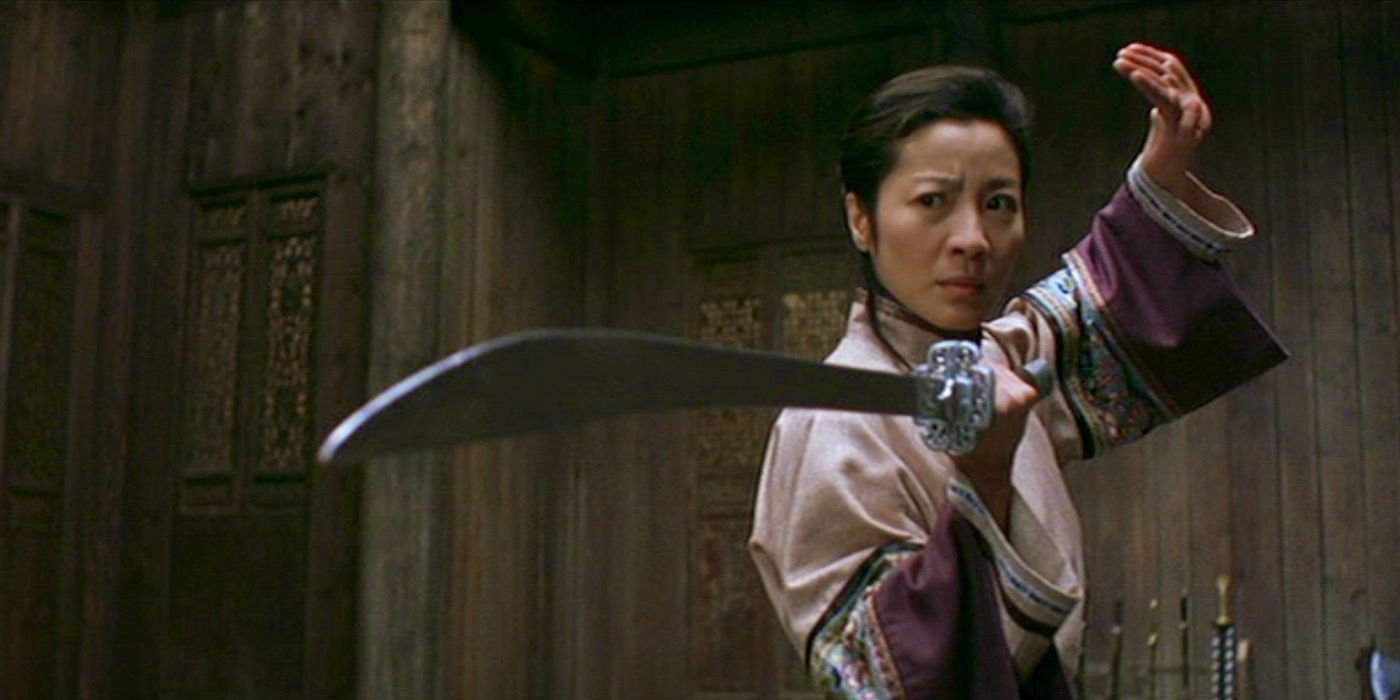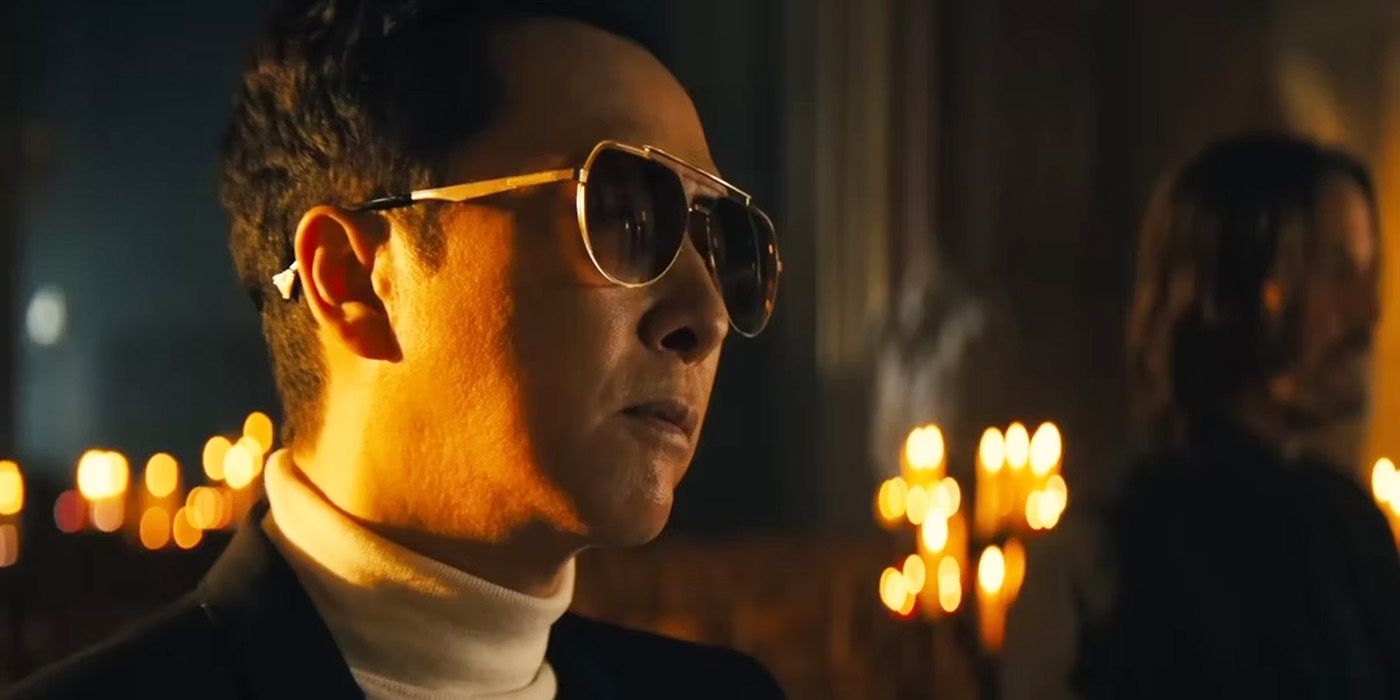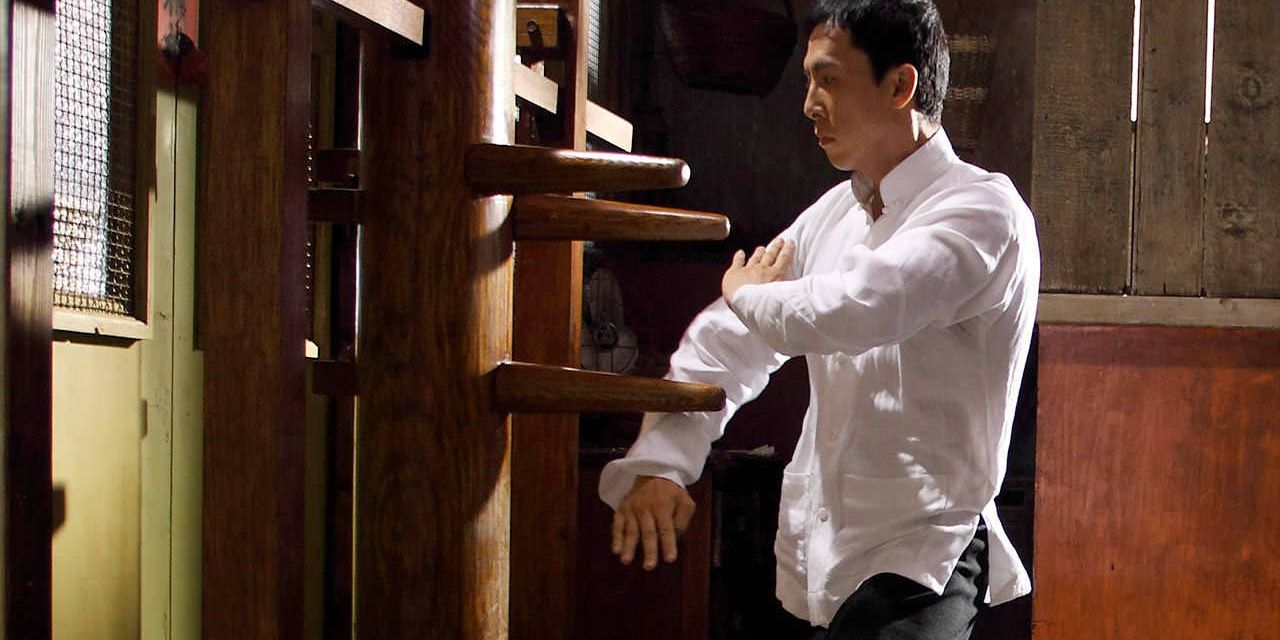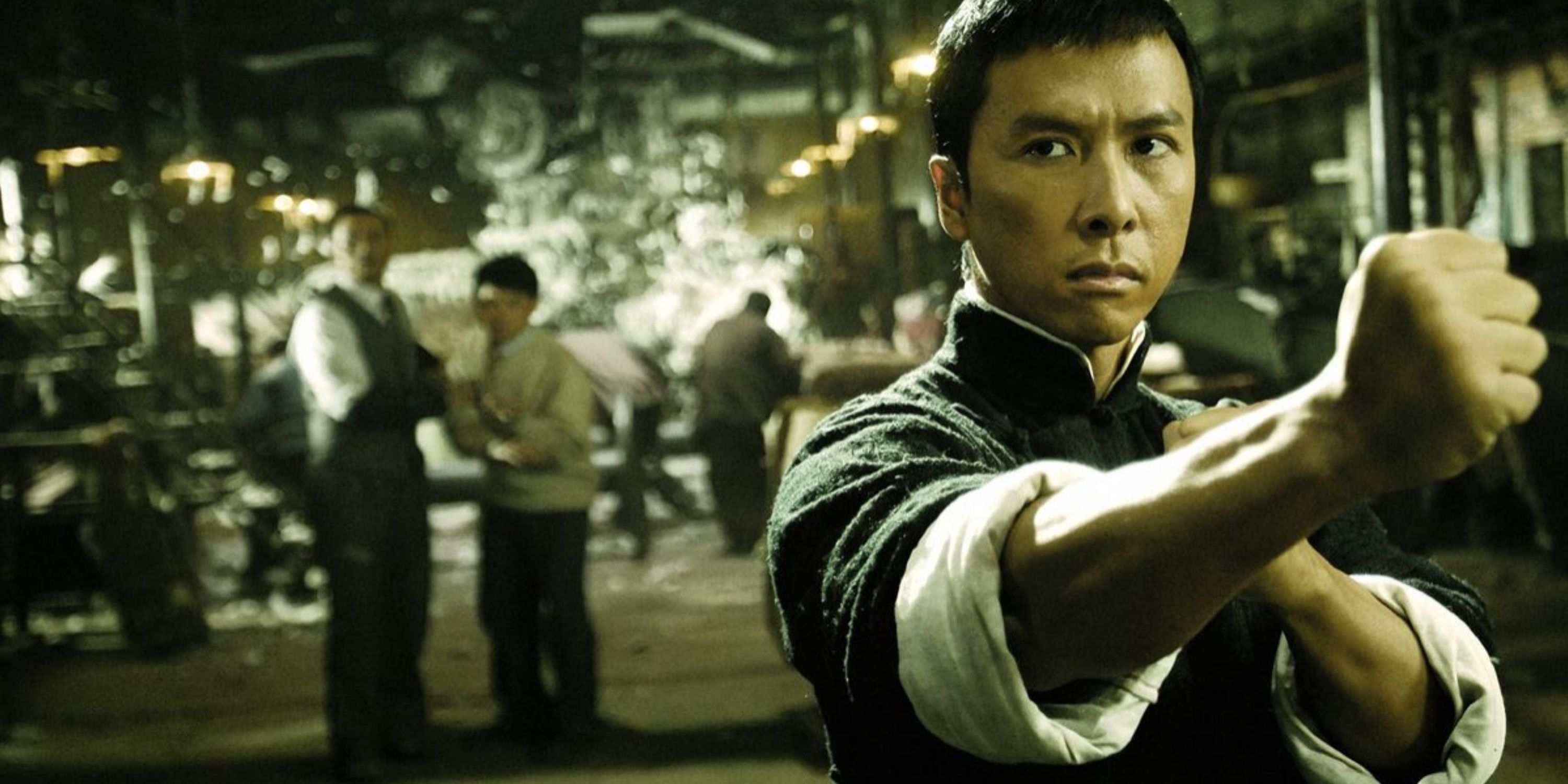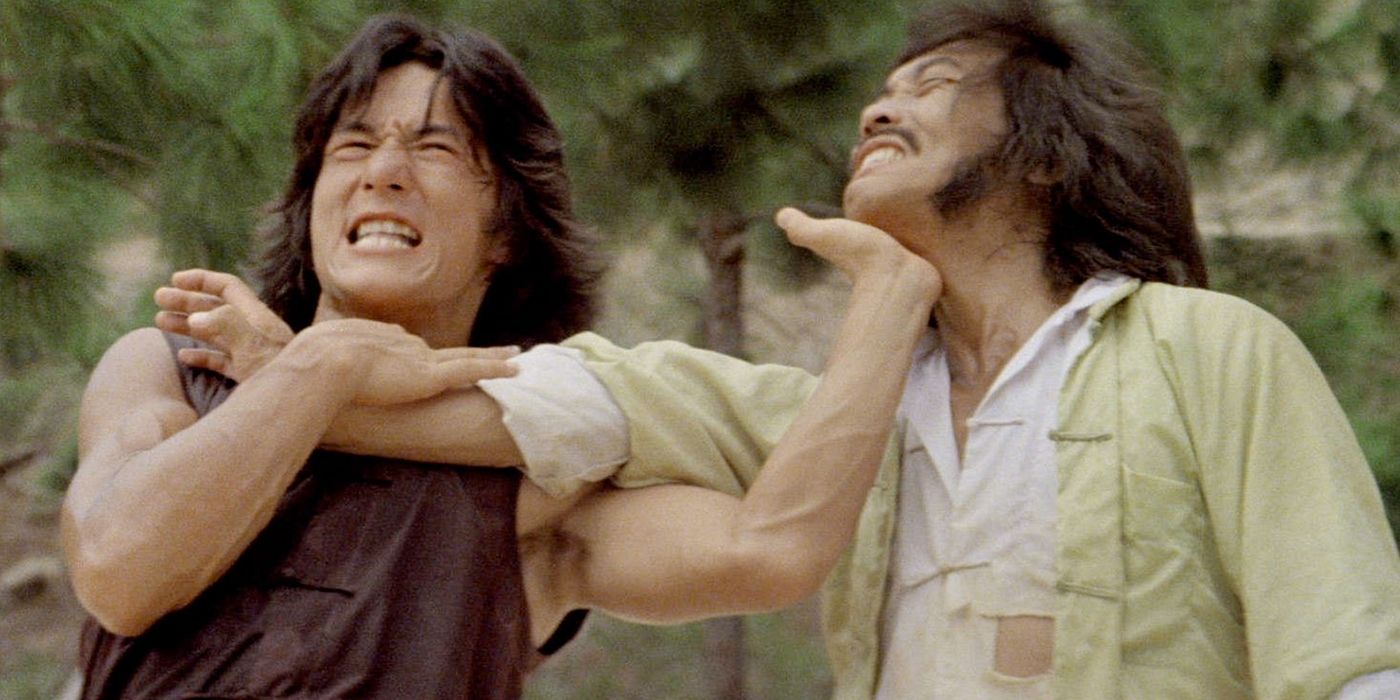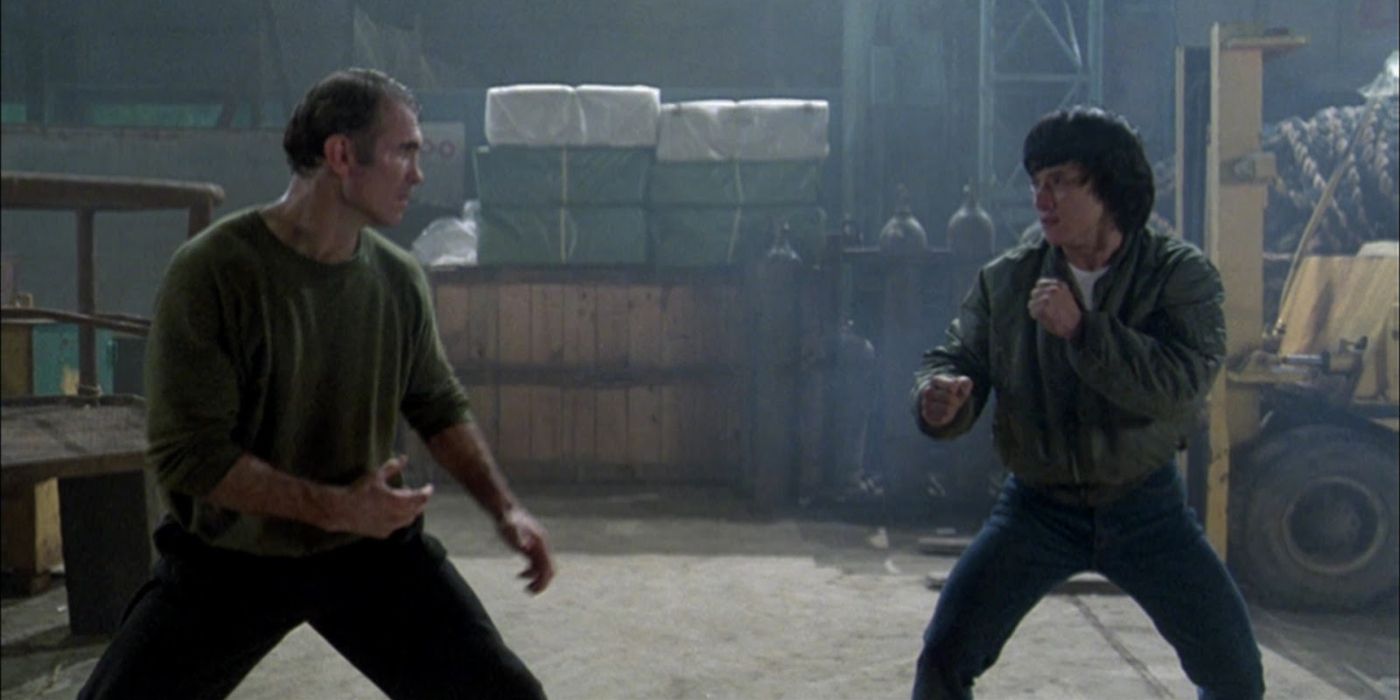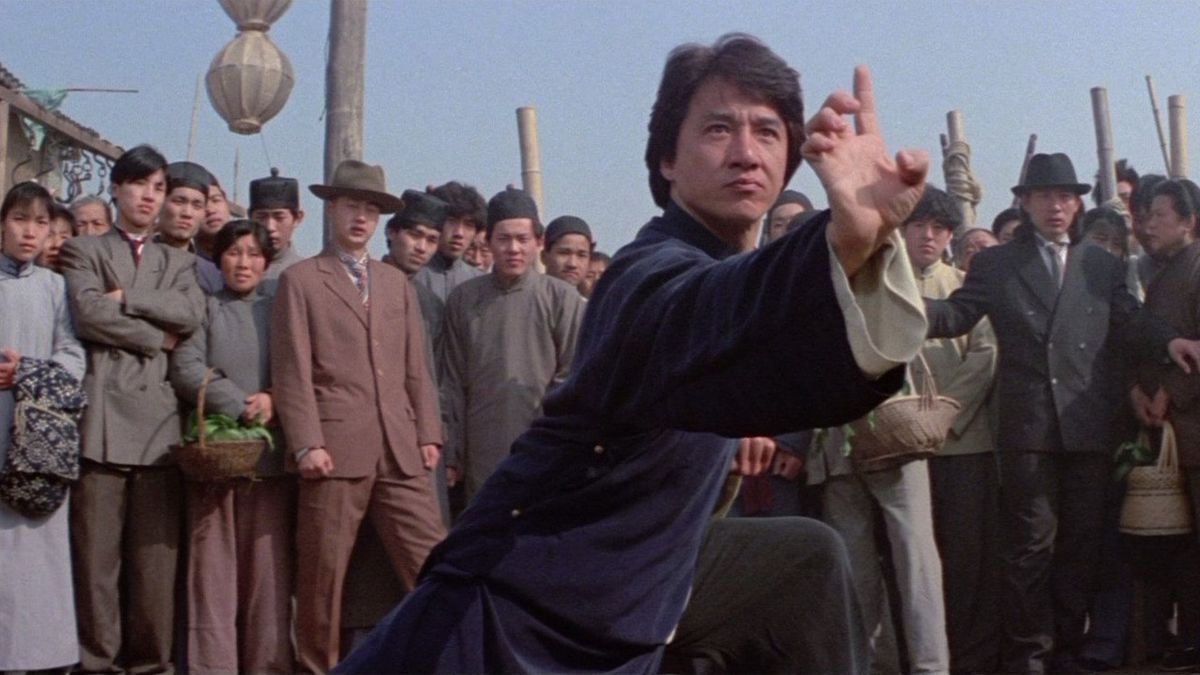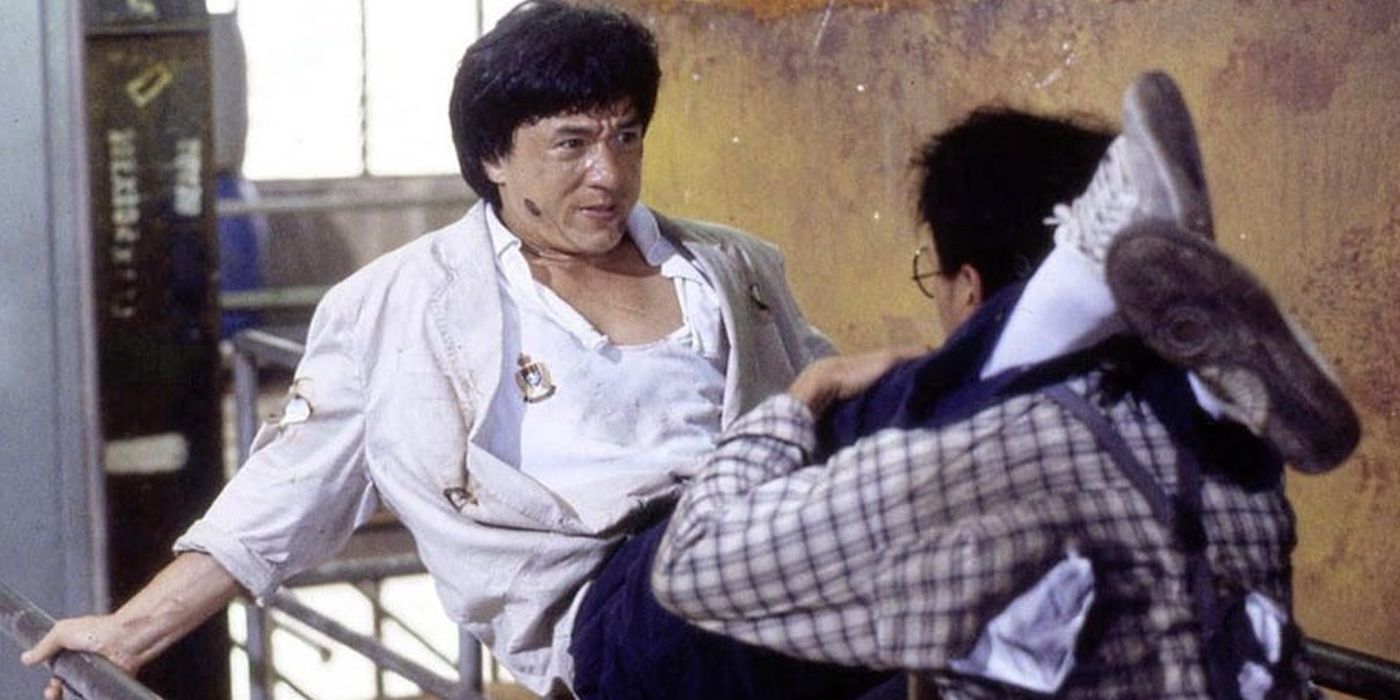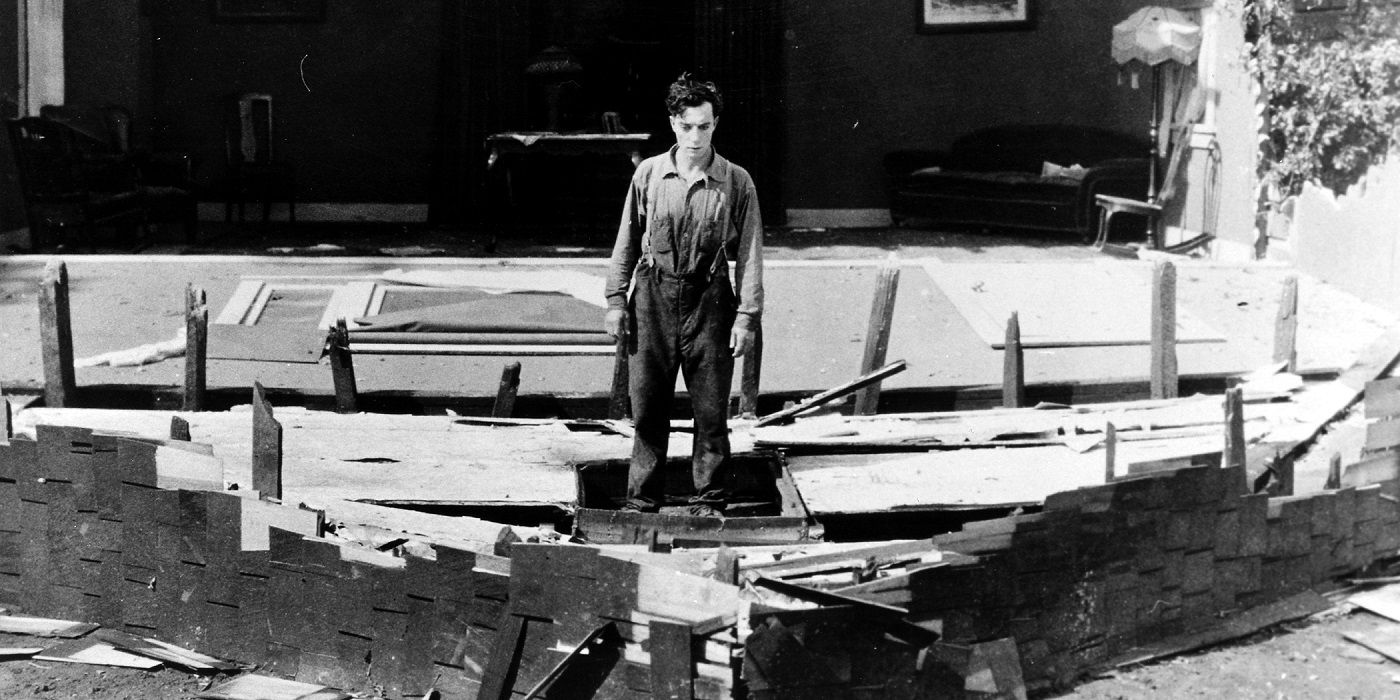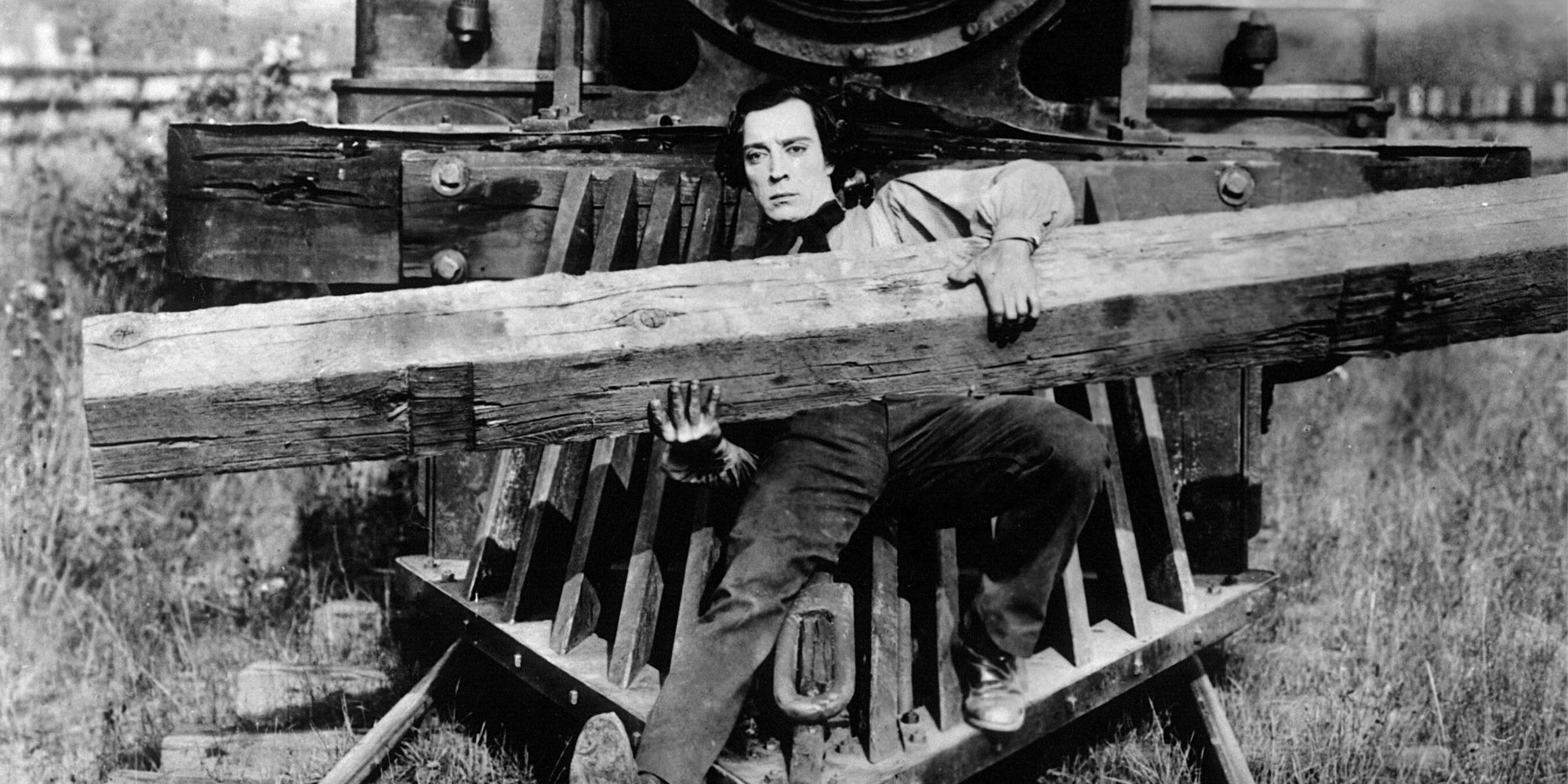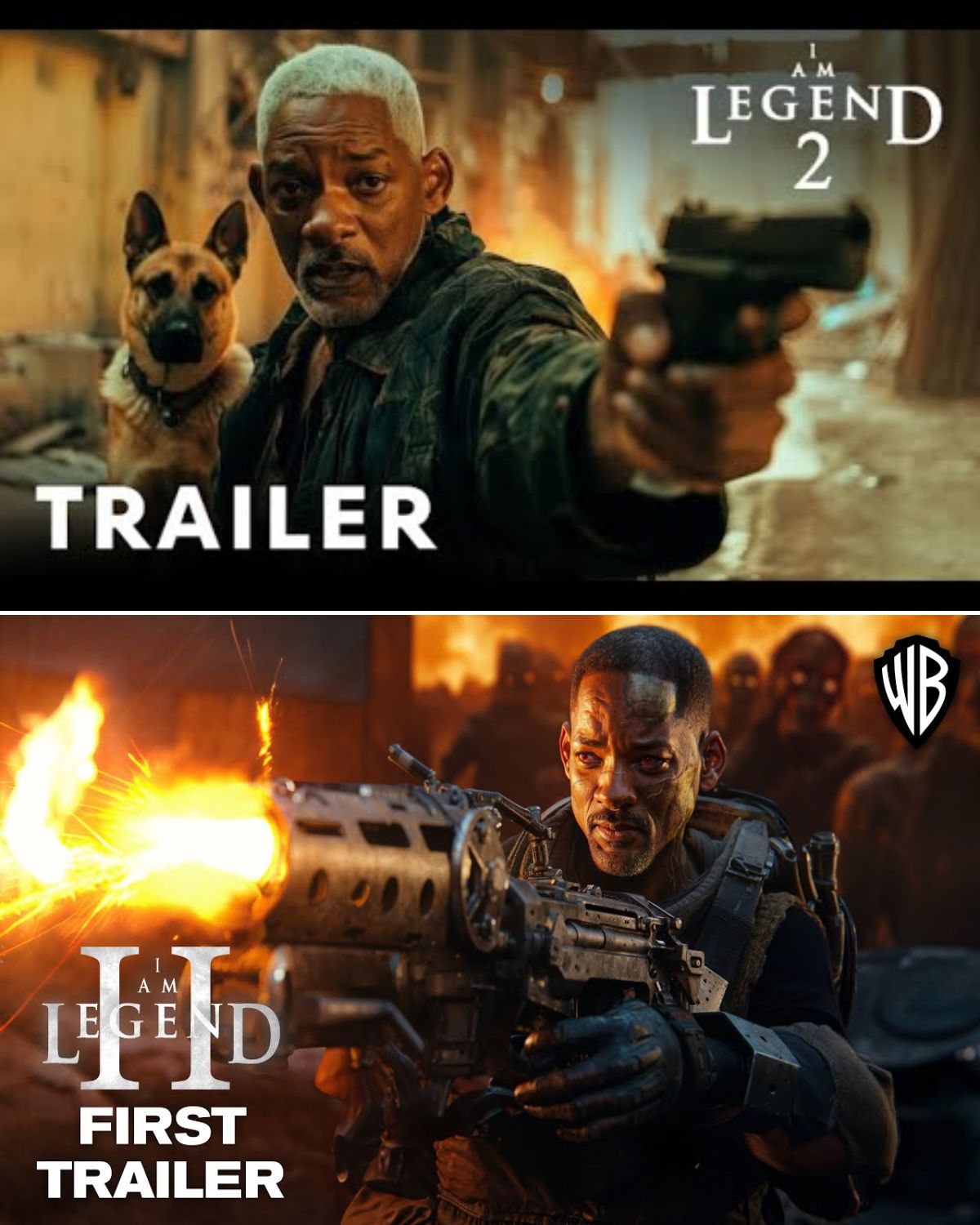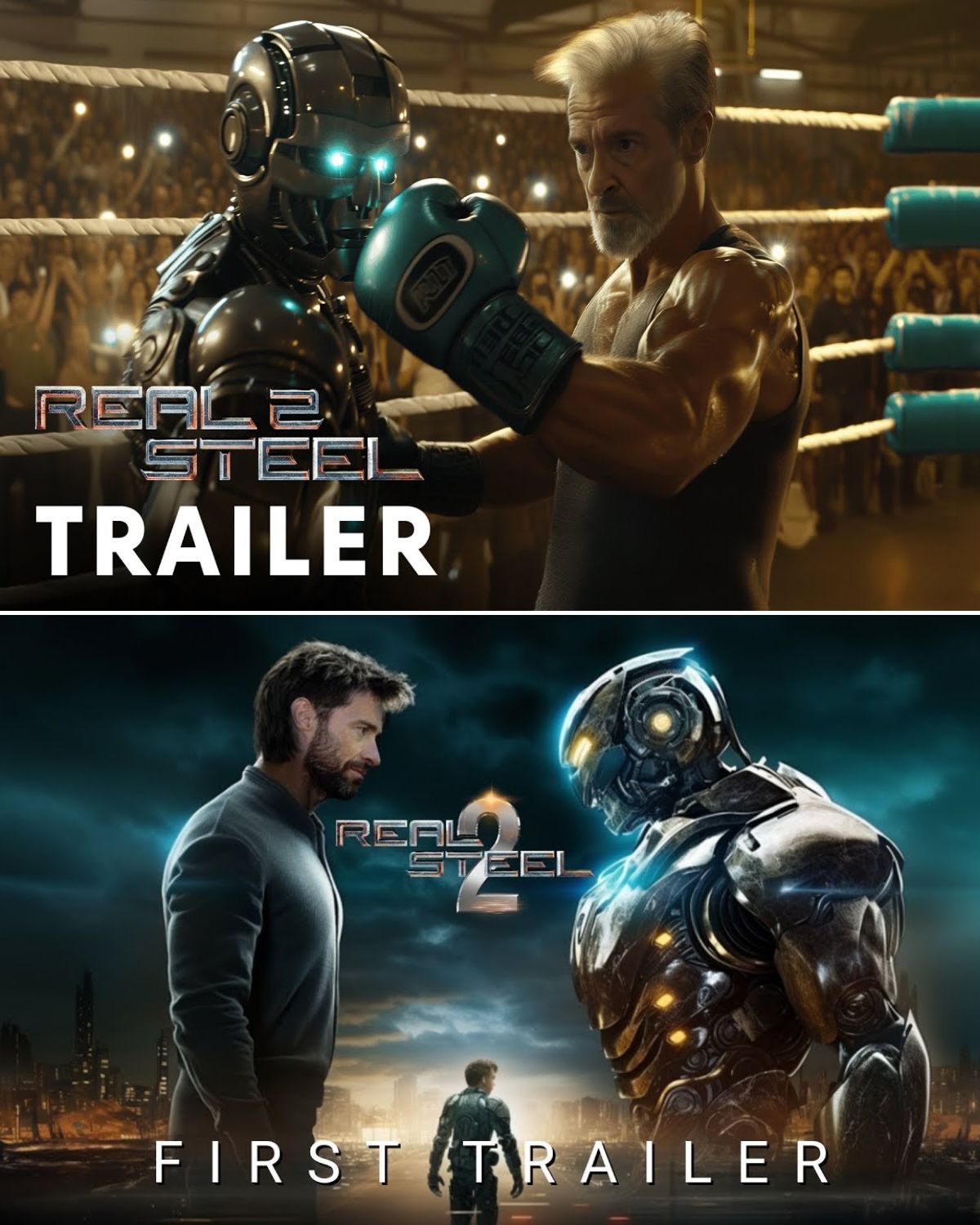Actors like Jackie Chan and Keanu Reeves have made a career for themselves by doing their own stunts.
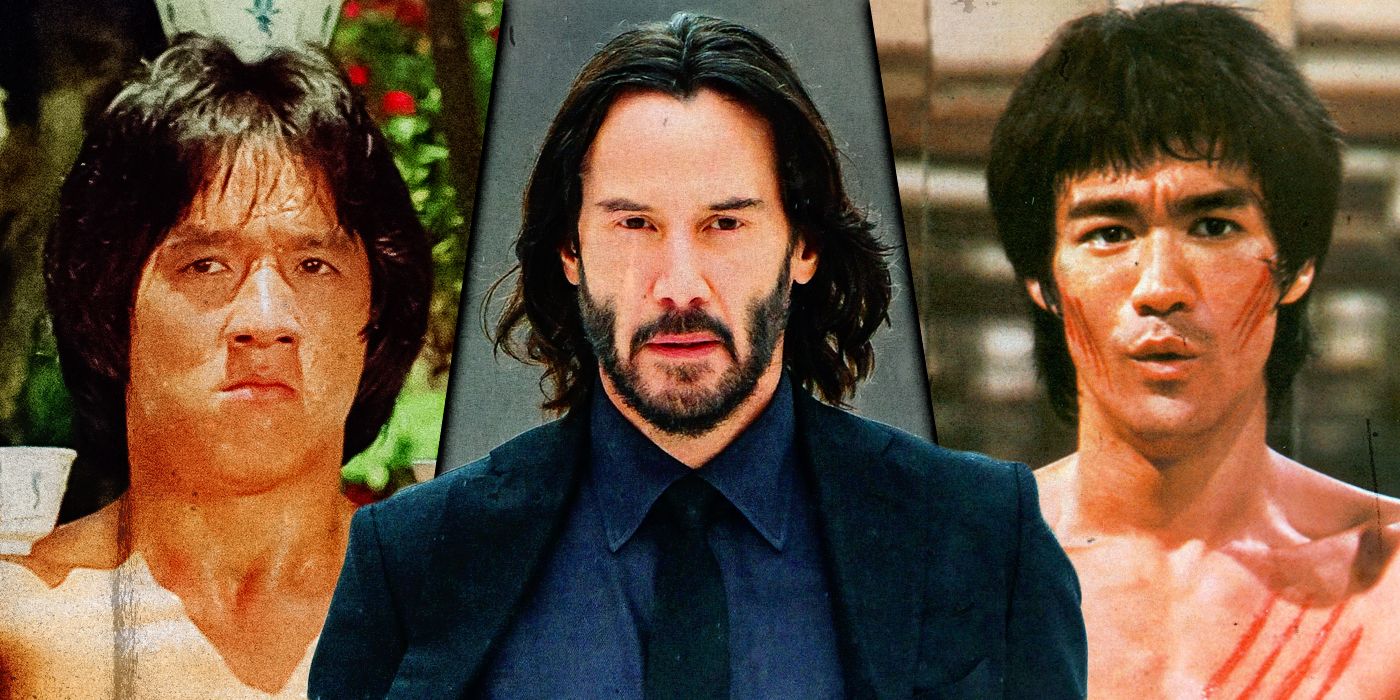
David Leitch’s The Fall Guy is a highly anticipated action comedy starring Ryan Gosling and Emily Blunt. Loosely based on the 1980s television show of the same name, The Fall Guy is a tribute to stunt performers, the unsung heroes of action movies. Leitch began his career as a stuntman, doubling for major movie stars such as Brad Pitt and Matt Damon. Over the last decade, Leitch has established himself as a prominent action director, making movies such as John Wick, Deadpool 2, and Bullet Train.
Although not as well known to mainstream audiences, stuntmen such as Yakima Canutt, Dar Robinson, and Vic Armstrong played significant roles in the development of action cinema, inventing many stunt practices used in the moviemaking process. While stunt performers are an invaluable component of action films, some actors throughout history have transcended their craft by performing their own stunts. Movie stars such as Jackie Chan, Michelle Yeoh, and Keanu Reeves mastered the art of stunt performance, elevating the status of their action films to the upper echelon of cinema’s elite works.
10Barbara Stanwyck Is An Honorary Member Of The Hollywood Stuntmen’s Hall Of Fame
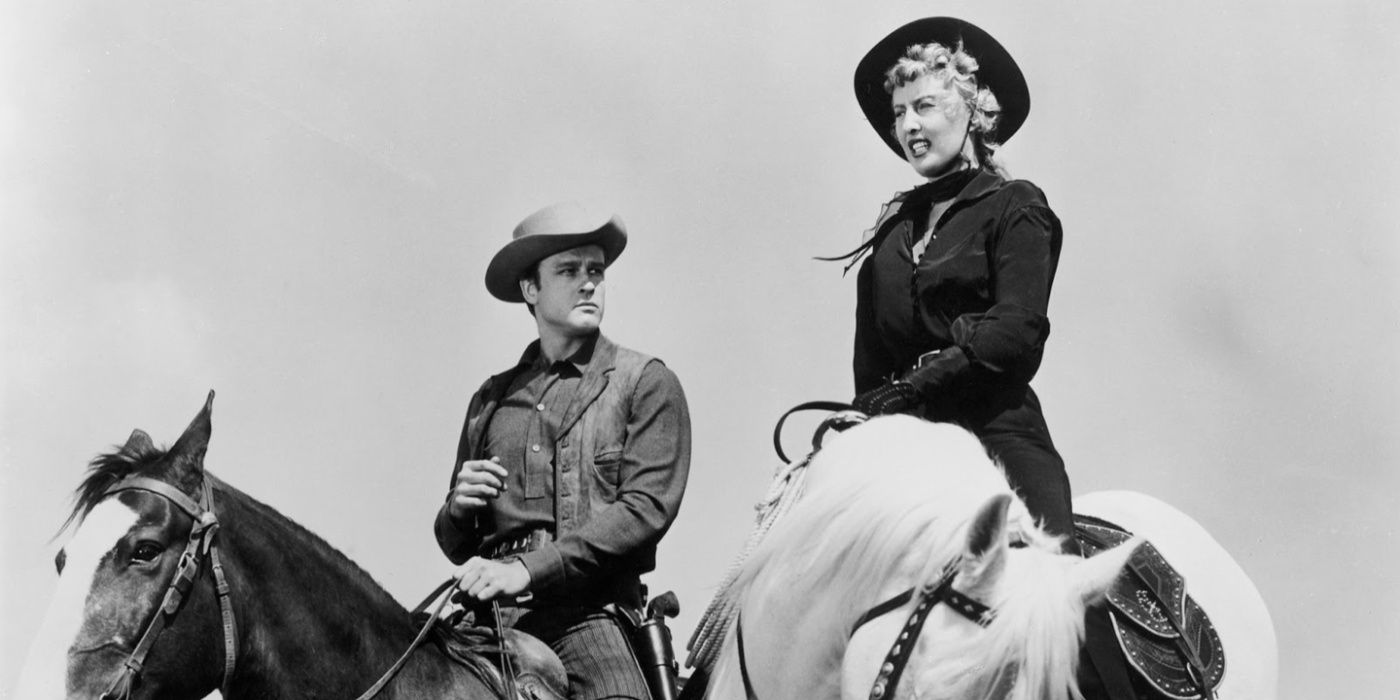
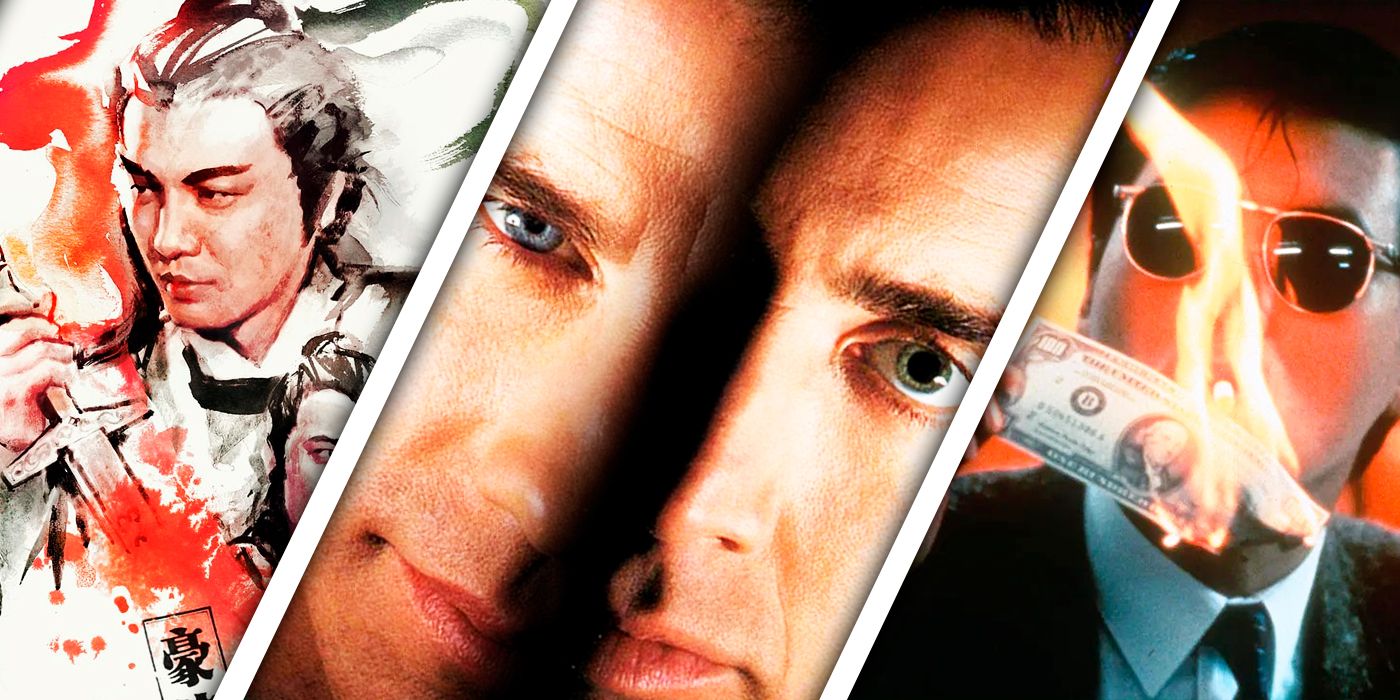
10 Best John Woo Movies, Ranked
Arguably the greatest Hollywood actress to never win an Academy Award, Barbara Stanwyck continually defied the typical passive female roles of the era in favor of tough-minded, determined roles that mirrored her own personality. Stanwyck was a versatile talent who excelled in a wide variety of genres that included film noir, screwball comedy, and romantic drama. However, it was Stanwyck’s work in the Western genre that turned her into a legendary stunt performer.
Throughout her career, the strong-willed Stanwyck vehemently insisted on performing her own stunts, no matter how dangerous they were to execute. One of Stanwyck’s most famous stunts occurred in the Samuel Fuller Western Forty Guns. The sequence called for Stanwyck’s character to fall off and get dragged by a horse, which the production’s stuntman refused to perform because of its potential danger. Stanwyck, who was 50 years old at the time of Forty Guns’ release, nailed the difficult stunt to perfection. Later in her career, and now in her 60s, Stanwyck starred in the Western television show The Big Valley, which again features Stanwyck performing many of her own stunts. In reference to The Big Valley, Stanwyck stated, “I just didn’t want to play the part of a darling old lady with a lavender blanket over my knees. To tell the truth, I think I’m a very frustrated stuntwoman.”
9Maureen O’Hara Was The “Queen Of Technicolor”
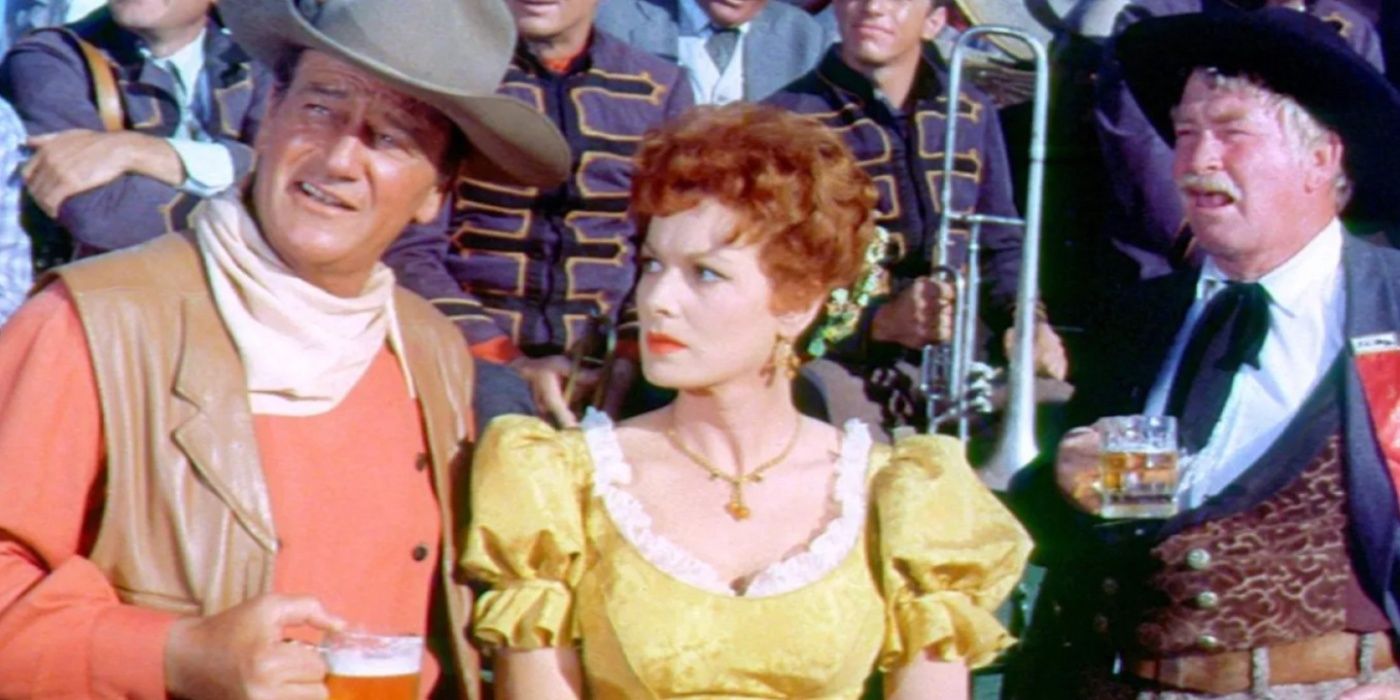
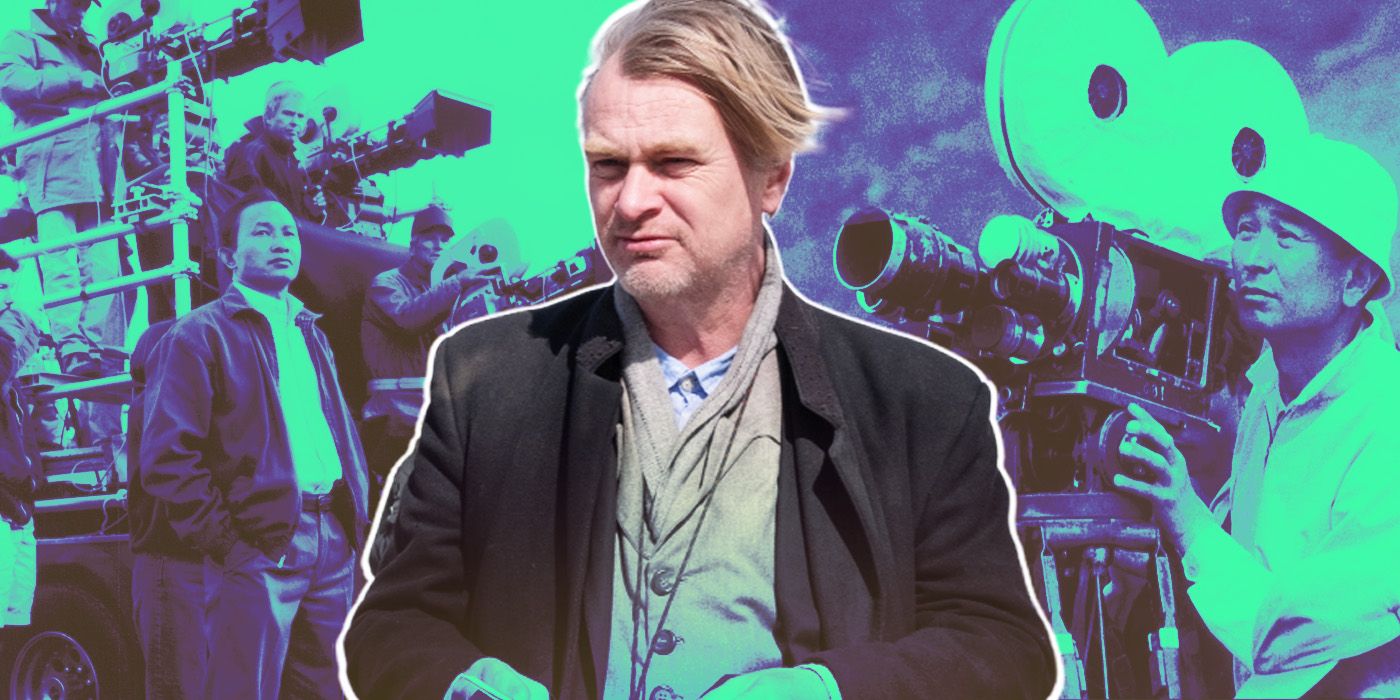
Hailing from Ireland, Maureen O’Hara moved to Hollywood at 19 years old and became one of the best female stars of Hollywood’s Golden Era. Due to her exquisite physical beauty and awe-inspiring red hair, O’Hara earned the moniker the “Queen of Technicolor.” Through iconic performances in adventure and Western movies, O’Hara emerged as one of the very few female Golden Era stars allowed to perform her own stunts.
In her youth, O’Hara was a self-proclaimed “tomboy” who loved partaking in sports, even the sports that women were not yet permitted to play in Ireland. O’Hara utilized her natural athletic ability to her advantage during her film career, performing her own stunts in movies such as The Hunchback of Notre Dame and The Black Swan. For her performance in the adventure film At Sword’s Point, O’Hara became proficient in fencing to ensure she would perform all of her own sword fighting scenes. Another of O’Hara’s more memorable roles came in the Western comedy McLintock!, where she falls backward off a ladder into a trough and participates in the madcap mud slide fight. Colleagues of O’Hara used to joke that she deserved a Purple Heart for all the times she injured herself performing stunts.
8Keanu Reeves Resurrected His Career With The John Wick Franchise
During the late 1980s and through the 1990s, Keanu Reeves was one of the biggest movie stars in the world. Films such as River’s Edge, Bill & Ted’s Excellent Adventure, and My Own Private Idaho helped establish Reeves as a viable actor, while movies like Point Break, Speed, and The Matrix turned Reeves into one of the world’s most famous action heroes. Following a critical and box office lull in the 2000s, Reeves resurrected his career through the John Wick franchise, which features some of the greatest stunt work of all time.
Reeves has extensive martial arts training in both Judo and Brazilian jiu-jitsu, which he puts on full display with the John Wick franchise’s gun-fu action aesthetic. In 2017, Olympic gold medalist Nomura Tadahiro presented Reeves with an honorary black belt in Judo. The John Wick franchise has played a substantial role in the evolution of American action films, offering audiences long takes, still cameras, and medium or long shots that highlight the skills of the performer, which is in direct contrast to the handheld camerawork and montage editing that dominated Hollywood cinema throughout the 2000s. According to Reeves, he performs approximately 90 to 95 percent of the stunts in the John Wick franchise.
7Tom Cruise Pulls Off Death-Defying Stunts In The Mission: Impossible Franchise
Since the start of the 1980s, it is hard to find a movie star more popular than Tom Cruise. Of the ten highest-grossing actors of all time, Cruise is the only one not attached to the Marvel franchise. In an era when the status of movie stars has come into question, it appears as though audiences still flock to see Cruise, regardless of role. While certainly a gifted dramatic actor, it is Cruise’s stunt work in the Mission: Impossible franchise that has become the stuff of legend.
It seems with each subsequent release of a new Mission: Impossible movie, Cruise further ups the ante by pulling off increasingly outrageous death-defying stunts. Some of Cruise’s most notable stunts from the Mission: Impossible franchise include hanging off the side of an A400 cargo plane in Mission: Impossible – Rogue Nation, attempting over 100 HALO jumps in Mission: Impossible – Fallout, scaling the Burj Khalifa in Mission: Impossible – Ghost Protocol, and motorcycle jumping into a free fall in Mission: Impossible – Dead Reckoning Part One. Although difficult to fathom, Cruise has only been seriously injured once filming the Mission: Impossible movies, breaking his ankle while jumping from building to building in Mission: Impossible – Fallout.
6Douglas Fairbanks Dazzled Silent Era Audiences With His Daring Stunt Work
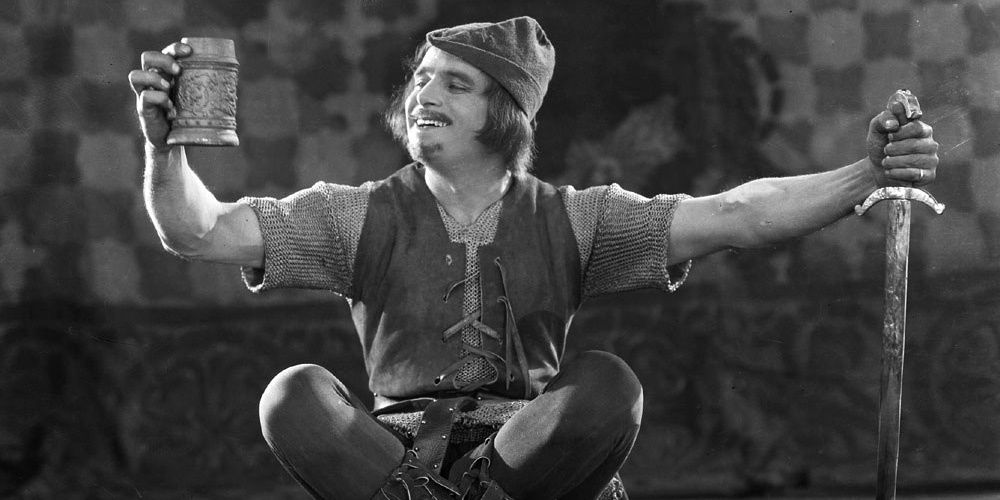
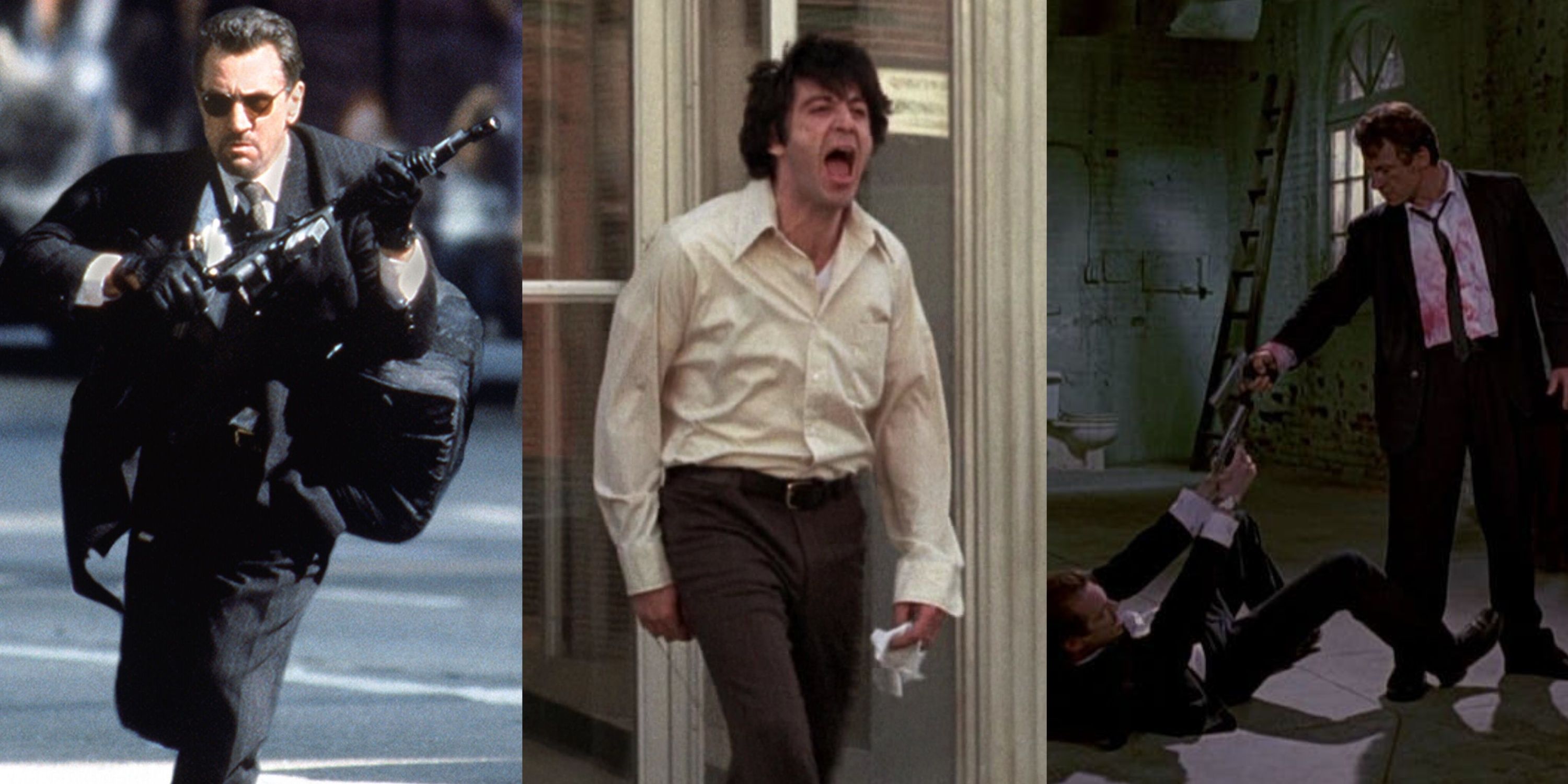
Nicknamed “The King of Hollywood,” Douglas Fairbanks was one of the most influential celebrities of the 1920s. Not only was Fairbanks one of the era’s biggest box office stars, but he was also a founding member of United Artists and the Academy of Motion Picture Arts and Sciences. As an actor, Fairbanks made a name for himself by starring in countless seminal swashbuckling films, performing many of his own stunts in an era that lacked modern safety technology.
Fairbanks’ good looks and athletic build made him the ideal leading man for Hollywood’s silent era. In swashbuckling films such as The Mark of Zorro, Robin Hood, and The Thief of Bagdad, Fairbanks dazzled audiences with his acrobatic action sequences that predate the worldwide popularity of parkour by decades. Typical Fairbanks action scenes found him vaulting over objects, jumping across rooftops, and ascending impossible heights. An advocate of physical exercise, Fairbanks remained in superb shape late into his career, performing crowd-pleasing stunts well into his 40s in films such as The Black Pirate and The Gaucho.
5Bruce Lee Helps Introduce Western Audiences To Chinese Martial Arts
There is not a single individual more important to the history of the martial arts genre than Bruce Lee. Although his premature death robbed audiences of decades of martial arts glory, Lee was a pivotal figure in exposing Western audiences to Hong Kong cinema. Lee was also instrumental in revolutionizing Chinese representation in Western media, moving Chinese characterizations away from racist stereotypes.
Lee first caught the attention of American audiences in the 1960s when he starred in the television show The Green Hornet. Between 1971 and 1973, Lee starred in four hugely popular martial arts films, The Big Boss, Fist of Fury, The Way of the Dragon, and Enter the Dragon, which elevated him to international superstardom. Lee began his martial arts career studying Wing Chun, tai chi, and boxing but eventually morphed these styles into a hybrid form of martial arts known as Jeet Kune Do. This unique fighting style captivated audiences worldwide, sparking a profound interest in Chinese martial arts. Despite his limited filmography, Lee’s cultural impact helped pave the way for many of cinema’s top martial arts actors, such as Jackie Chan, Donnie Yen, Let Li, Sammo Hung, and Michelle Yeoh. In the late 1990s, Time magazine named Lee one of the most important people of the twentieth century.
4Michelle Yeoh Broke Barriers As A Female Action Star In Hong Kong
The past several years have seen Michelle Yeoh finally become an A-list Hollywood star due to her performances in movies like Crazy Rich Asians, Shang-Chi and the Legend of the Ten Rings, and Everything Everywhere All at Once. However, Yeoh has been one of cinema’s top action stars for nearly 40 years. Throughout the 1970s and 1980s, Hong Kong action cinema, for the most part, placed men in starring roles while women predominantly played damsels in distress. Women finally started taking center stage in Hong Kong action movies during the mid-1980s, thanks in part to Yeoh’s starring roles in films such as Yes, Madam and Magnificent Warriors.
At the start of her career, Yeoh garnered considerable praise in Hong Kong for performing her own stunts. In 1992, Yeoh’s reputation as an action star grew tremendously after she executed a motorcycle jump onto a moving train in Police Story 3: Super Cop. The late 1990s saw Yeoh attempt a career in Hollywood, with a supporting performance in the James Bond film Tomorrow Never Dies. Controversy arose when Yeoh was not allowed to perform several of her own stunts in the film. This incident demonstrated the vast differences between action cinema production in Hong Kong versus Hollywood. Other films that feature world-class stunt work by Yeoh include The Heroic Trio, The Stunt Woman, and Crouching Tiger, Hidden Dragon.
3Donnie Yen Is An Acclaimed Action Star And Action Choreographer
One of the most beloved Chinese actors of the past 40 years, Donnie Yen has found immense success as both an action star and an action choreographer. Yen first rose to prominence in the late 1980s and early 1990s, starring in several action films directed by Yuen Woo-ping. By 1993, Yen firmly positioned himself among Hong Kong’s top action stars after performing incredible stunts in films such as Once Upon a Time in China II and Iron Monkey.
A dedicated mixed martial artist, Yen is well-versed in over a dozen different types of fighting styles, ranging from Muy Thai and Brazilian jiu-jitsu to Taekwondo and Wing Chun. A renowned action choreographer, Yen is a three-time winner of the Golden Horse Film Festival Award for Best Action Choreography and a five-time winner of the Hong Kong Film Award for Best Action Choreography. Some of Yen’s greatest stunt work occurs in movies such as Hero, SPL: Sha Po Lang, and the Ip Man franchise. Recently, Yen has caught the attention of American audiences through his appearances in Hollywood productions such as Rogue One, XXX: Return of Xander Cage, and John Wick: Chapter 4.
2Jackie Chan Brought Slapstick Comedy To The Martial Arts Genre
1:56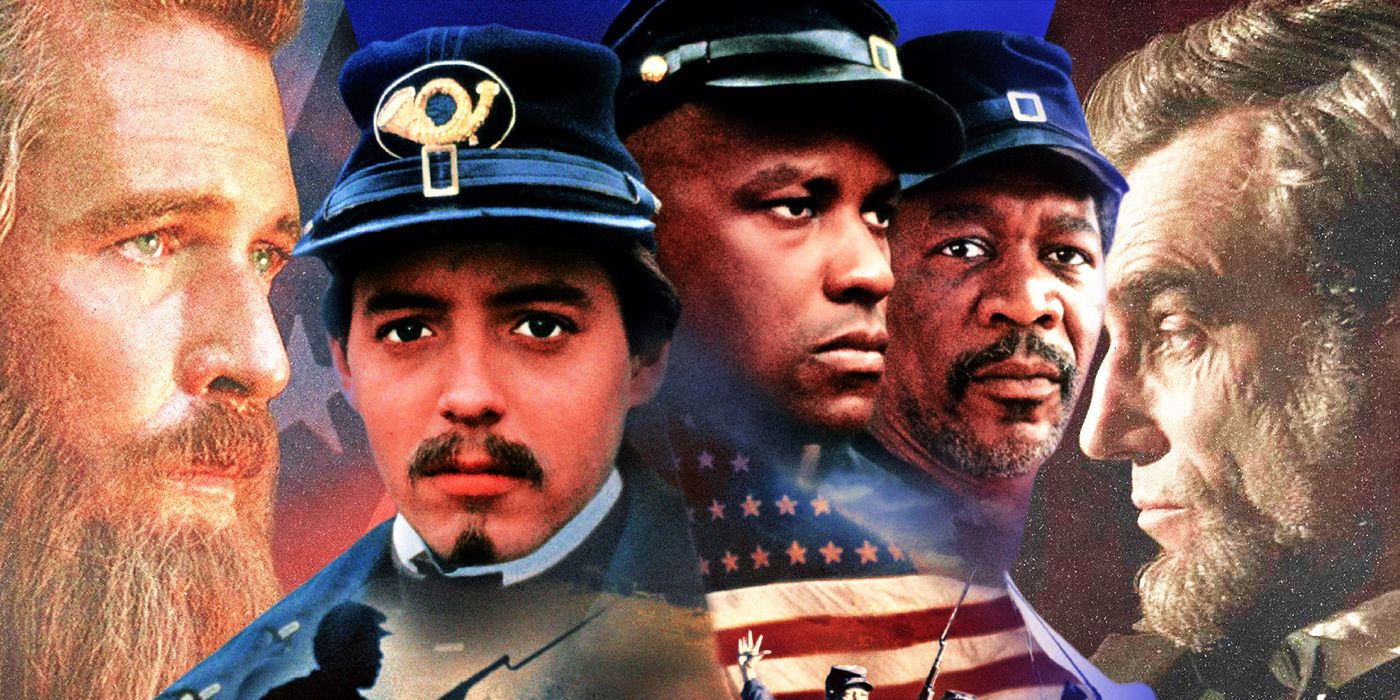
10 Best Civil War Movies, Ranked
The American Civil War has been the backdrop for films like Gettysburg and Glory, but other civil wars have helped to create great cinema also.
A member of the Peking Opera School, Jackie Chan began appearing in films as a child throughout the 1960s. By the 1970s, Chan started working as a stuntman, with roles in Bruce Lee movies such as Fist of Fury and Enter the Dragon. As the 1970s progressed, Chan’s film roles gradually grew larger and larger until, eventually, leading performances in Snake in the Eagle’s Shadow and Drunken Masterturned him into a major star.
Chan’s growing popularity helped him gain more control over his productions, ultimately resulting in him working as a producer, director, writer, and action choreographer. What separates Chan’s movies from most other action films is his uncanny ability to combine miraculous stunts with slapstick comedy. Some of Chan’s greatest stunts include hanging from the side of a bus with an umbrella and sliding down an electrical pole in Police Story, falling from a clock tower in Project A, and the climactic fight sequence of Drunken Master II. Chan holds the record for the most Best Action Choreography wins at the Hong Kong Film Awards with ten and is tied for the most nominations with 23.
1Buster Keaton Is The Greatest Action Movie Star Of All Time
Silent-era comedian Buster Keaton is the greatest action movie star cinema has ever seen. Keaton was a vaudevillian child star who first began appearing in films during the late 1910s. With supporting roles in many Fatty Arbuckle shorts, Keaton worked at finding a screen persona that best suited him. Eventually, Keaton’s stoic, deadpan style of comedy earned him the nickname “The Great Stone Face.”
By 1920, Keaton began directing and starring in his own films. Right from his first short film as a director, One Week, Keaton began combining ludicrous stunt work with top-tier slapstick comedy. Throughout his career, Keaton performed many remarkable stunts that still receive adulation a century later. In The General, Keaton executed the most expensive stunt of the entire silent era in which a train crosses a burning bridge that collapses into a river. For his film Sherlock Jr., Keaton fractured his neck performing a stunt where a water spout knocks him off of a train. Undeniably, Keaton’s most dangerous stunt occurred in Steamboat Bill, Jr. During a cyclone, a two-ton building facade collapses on Keaton, however, he survives by being perfectly positioned in line with the window opening.
